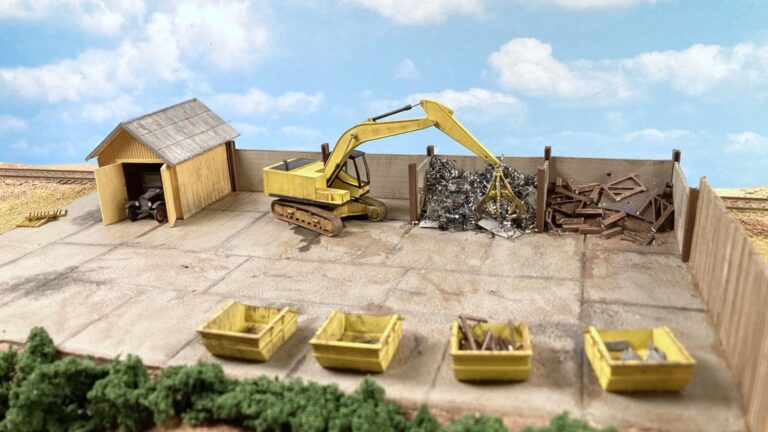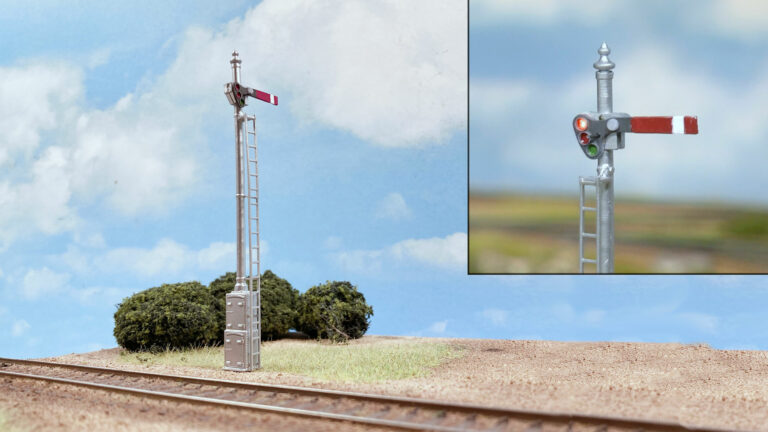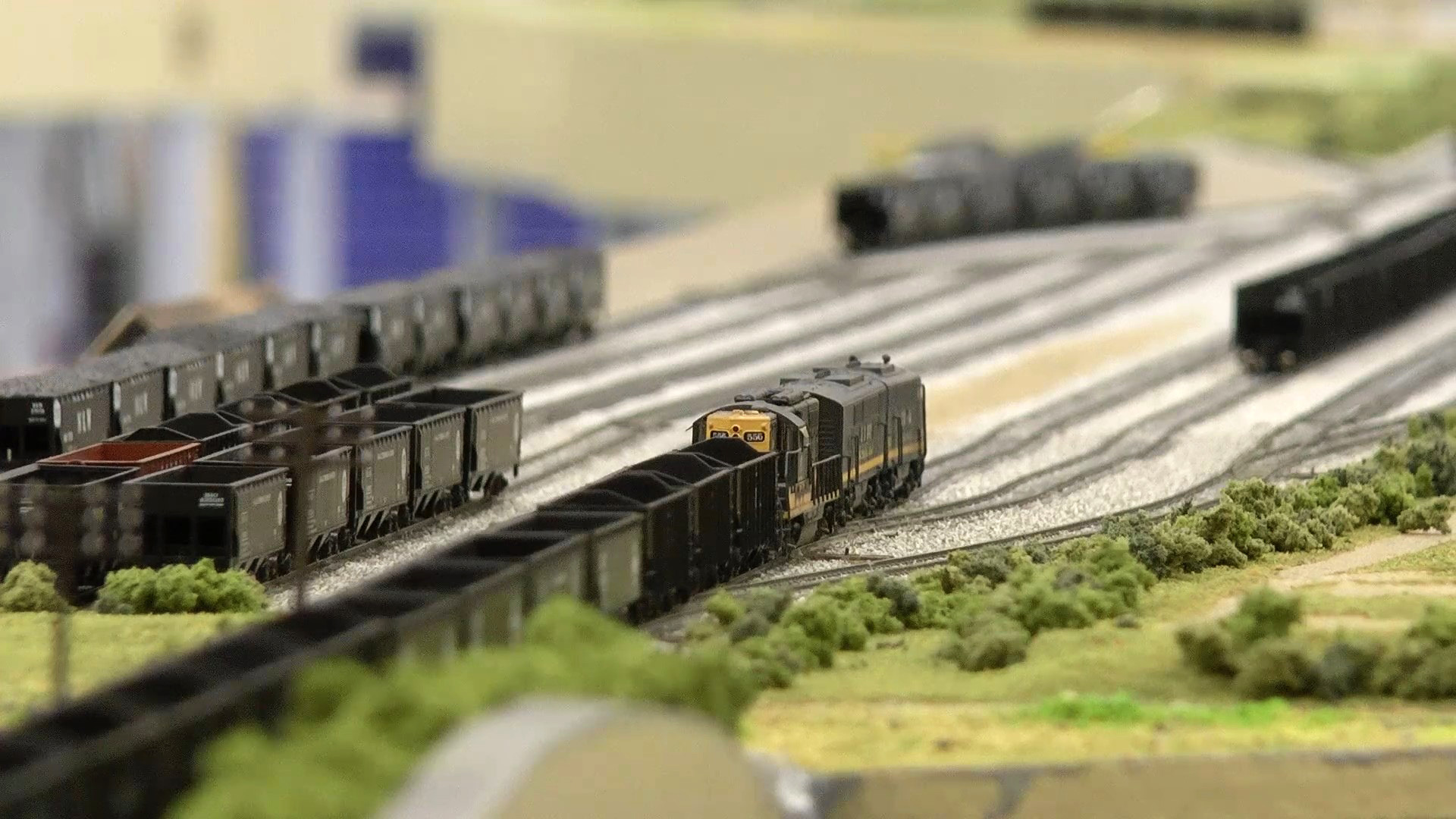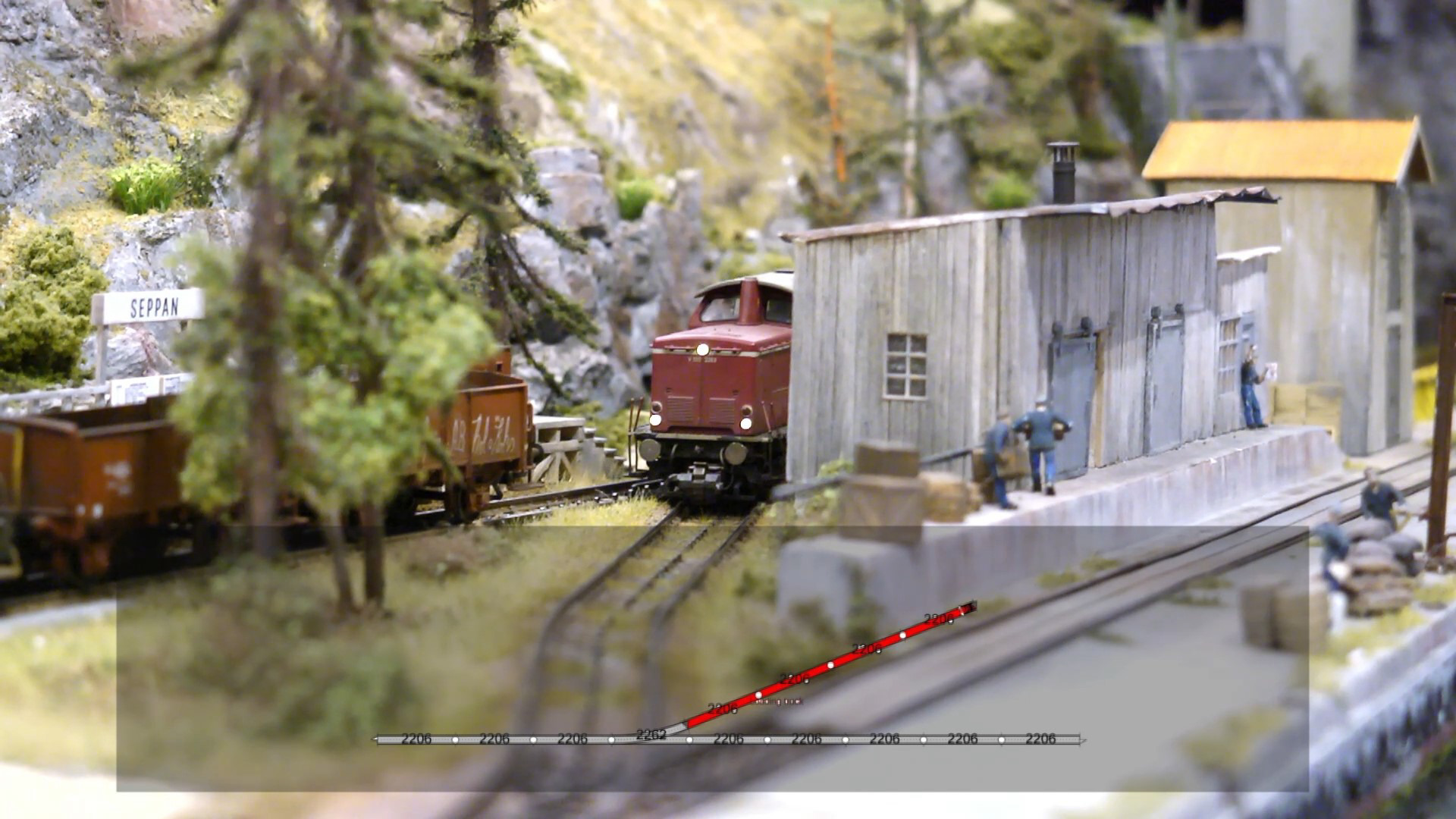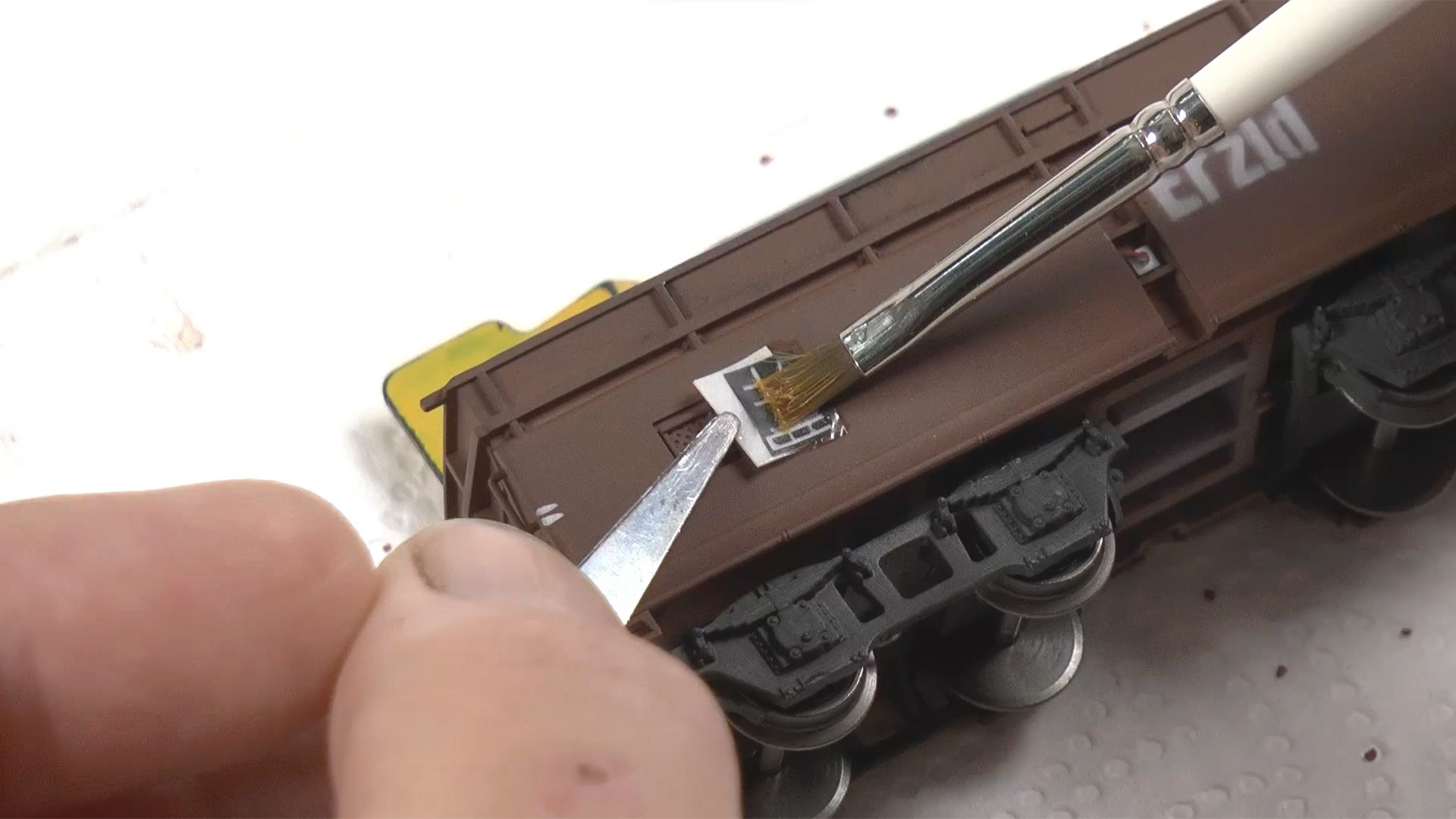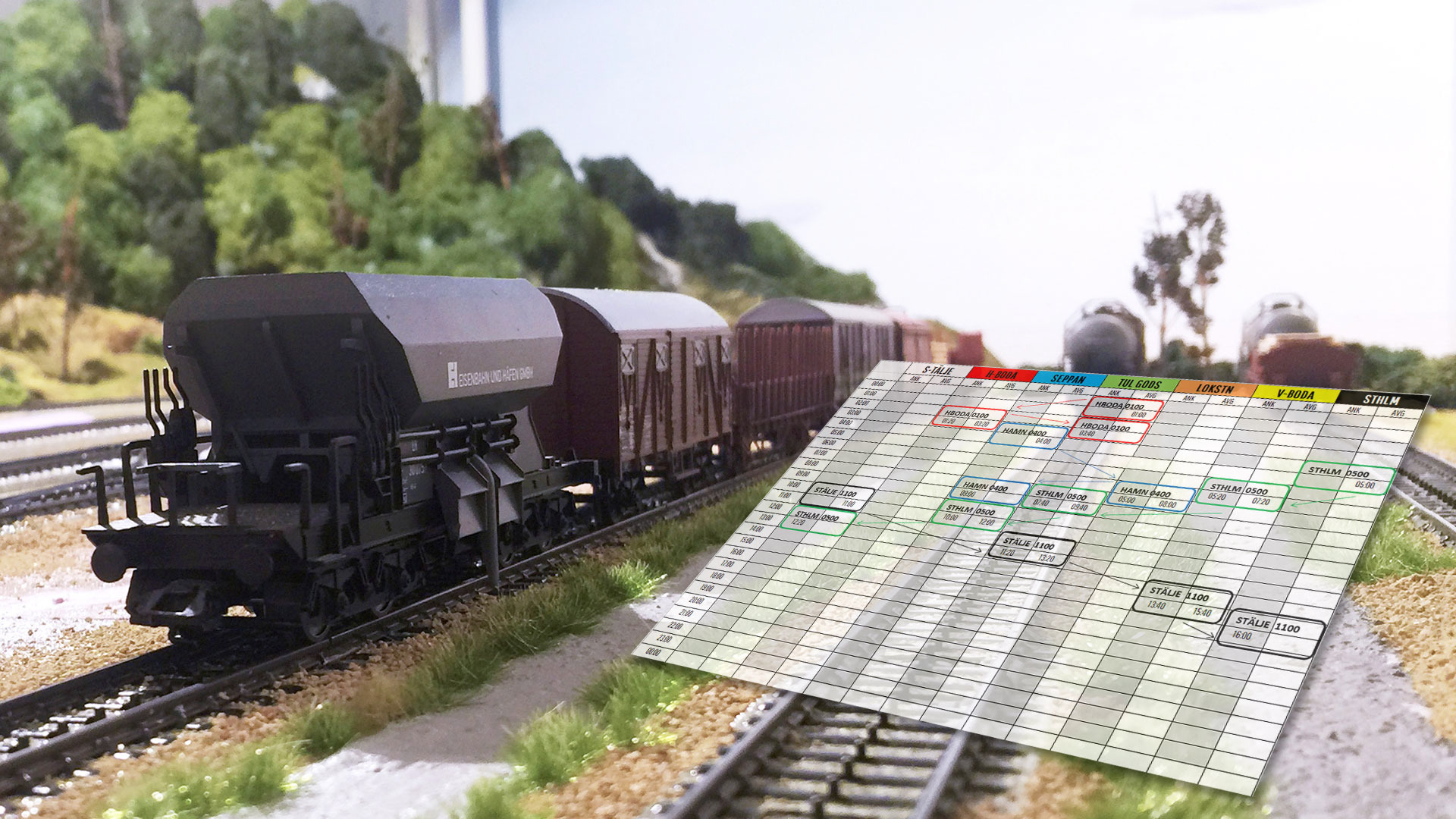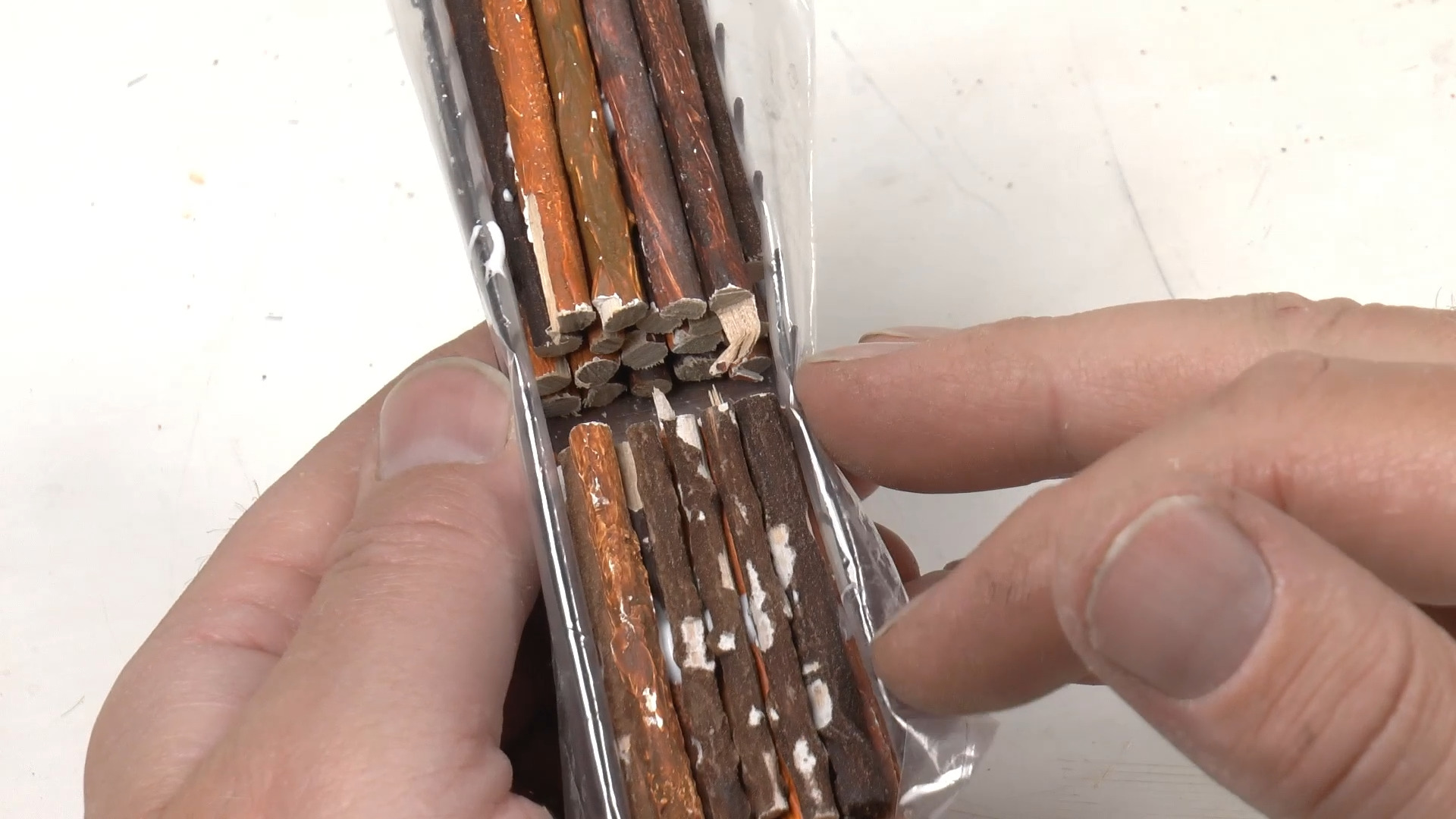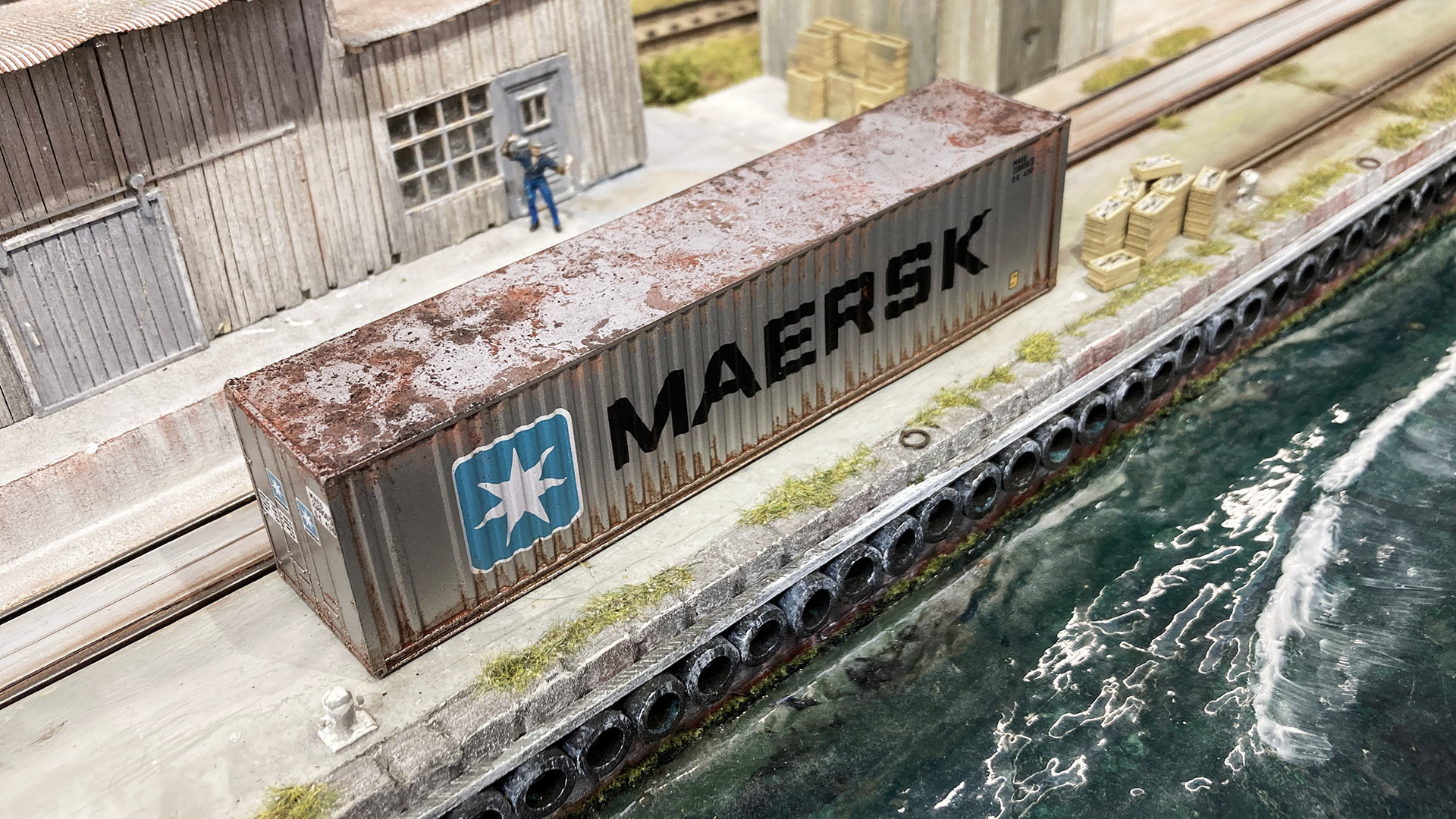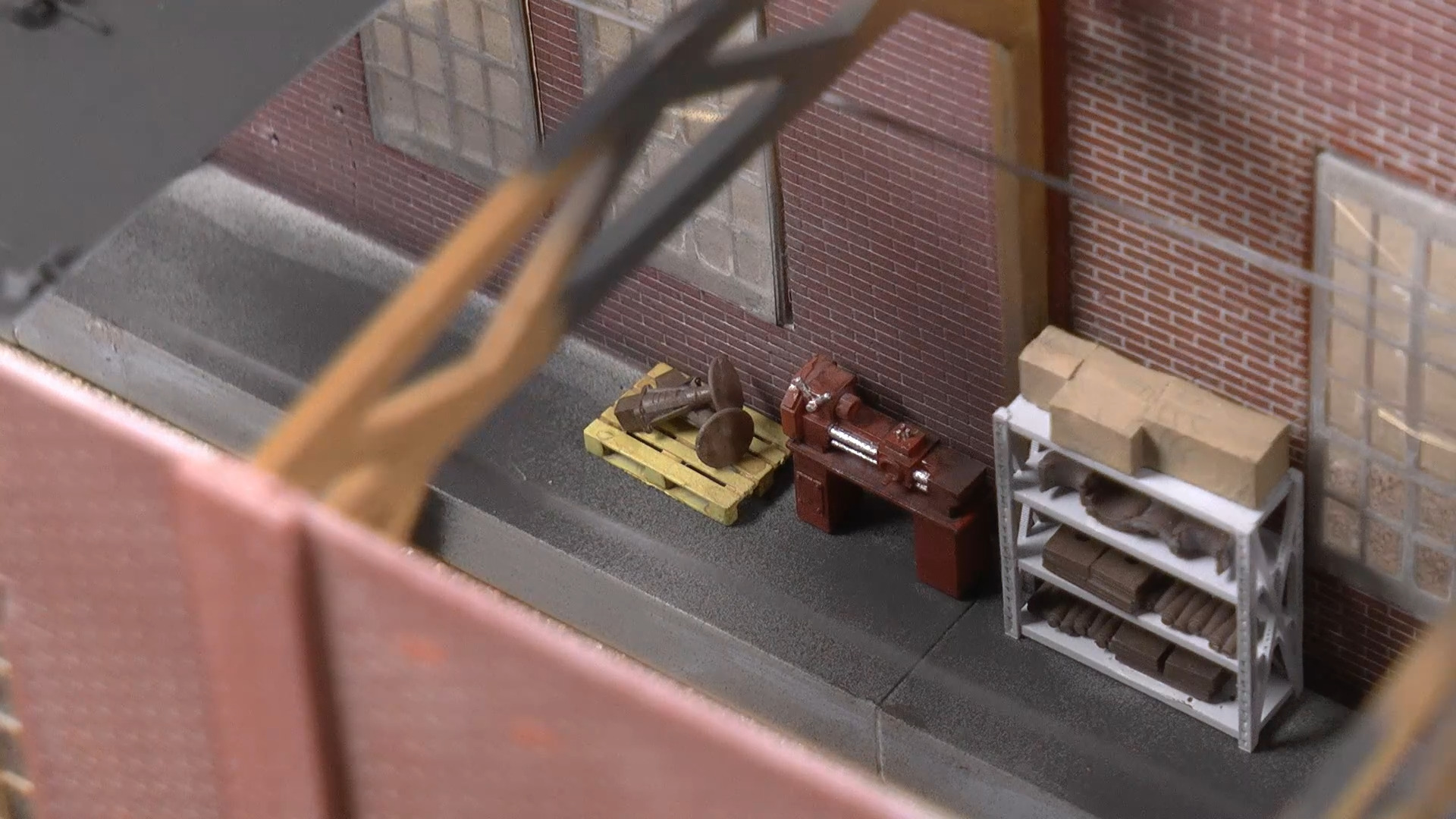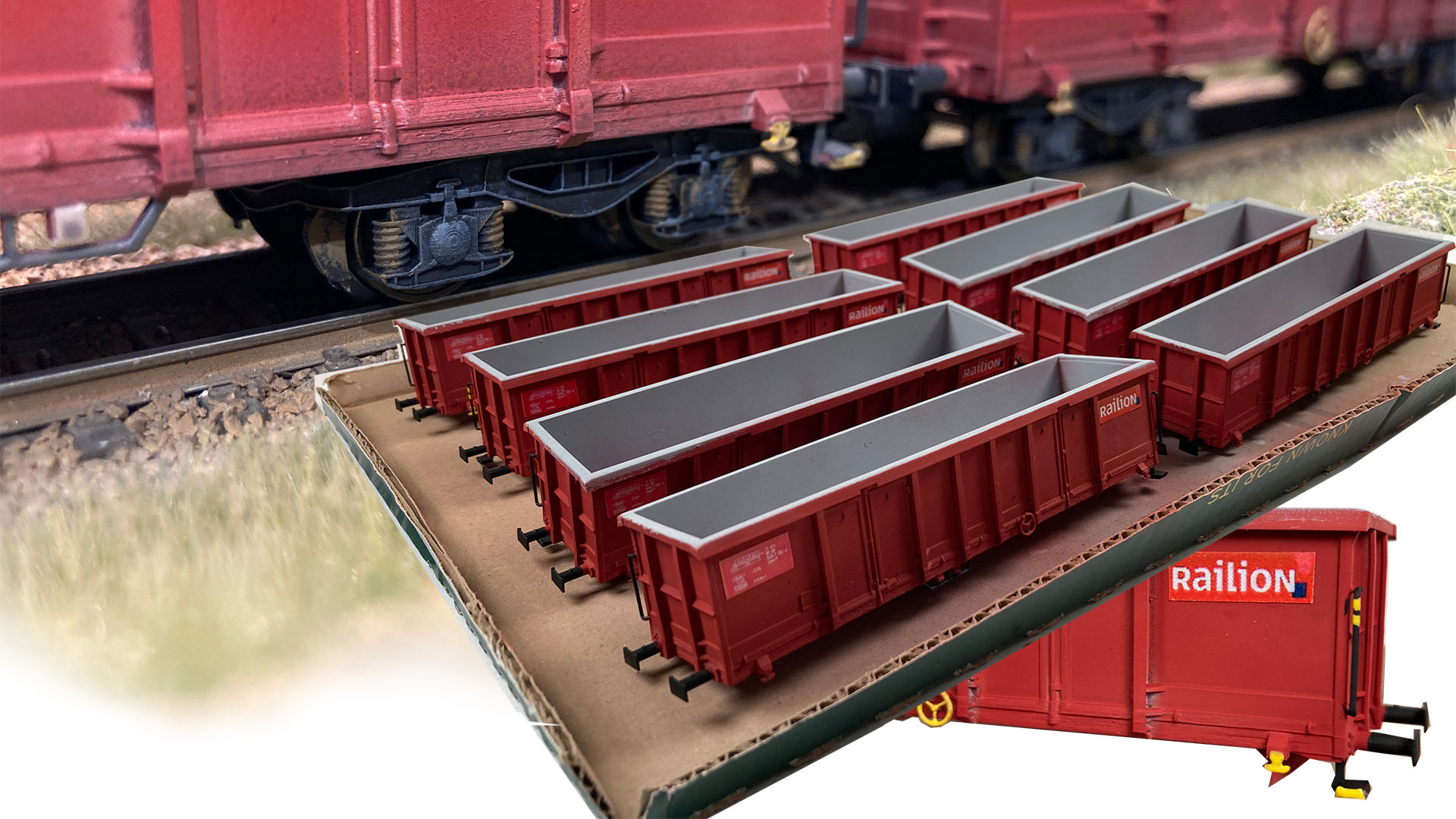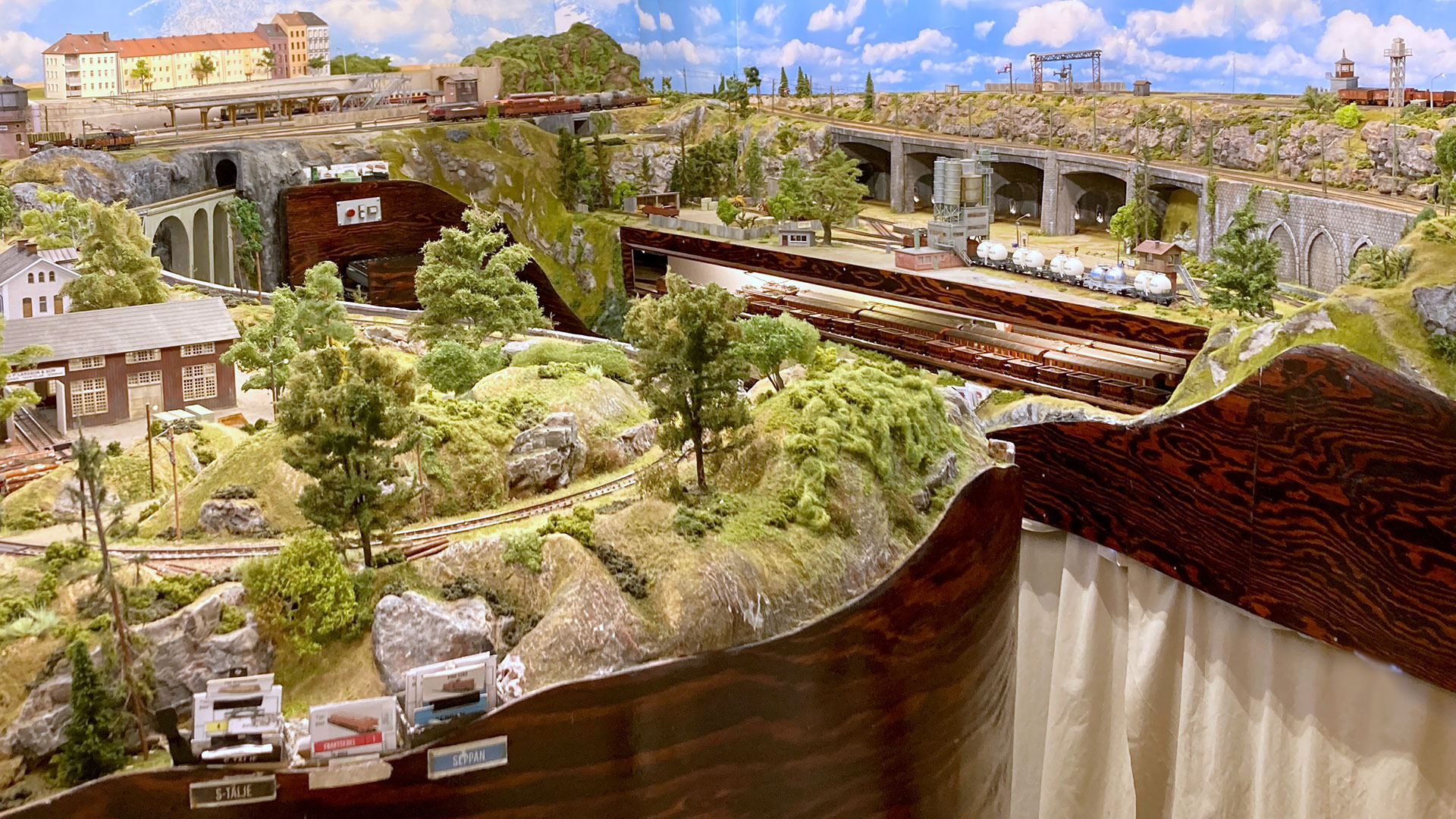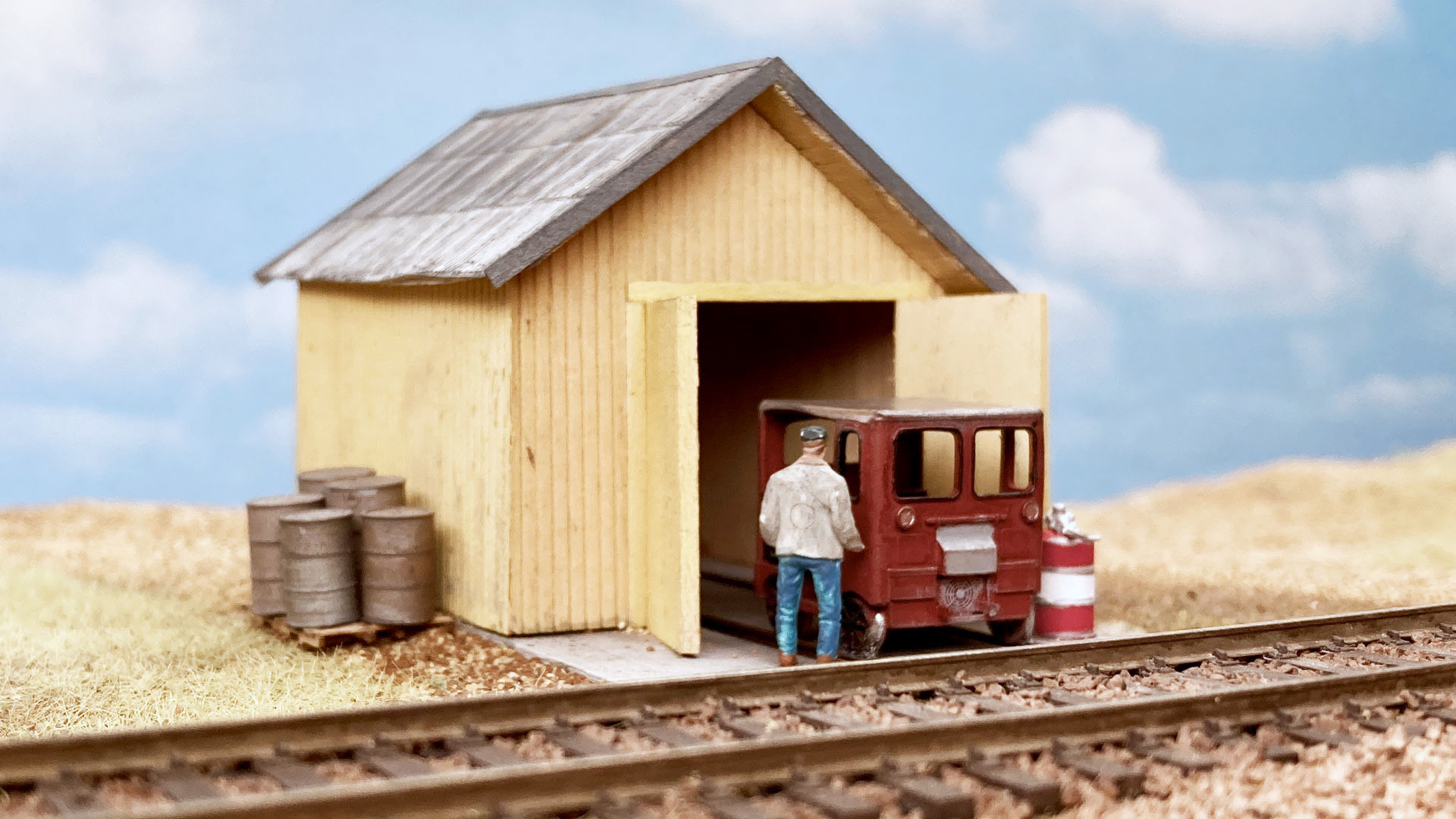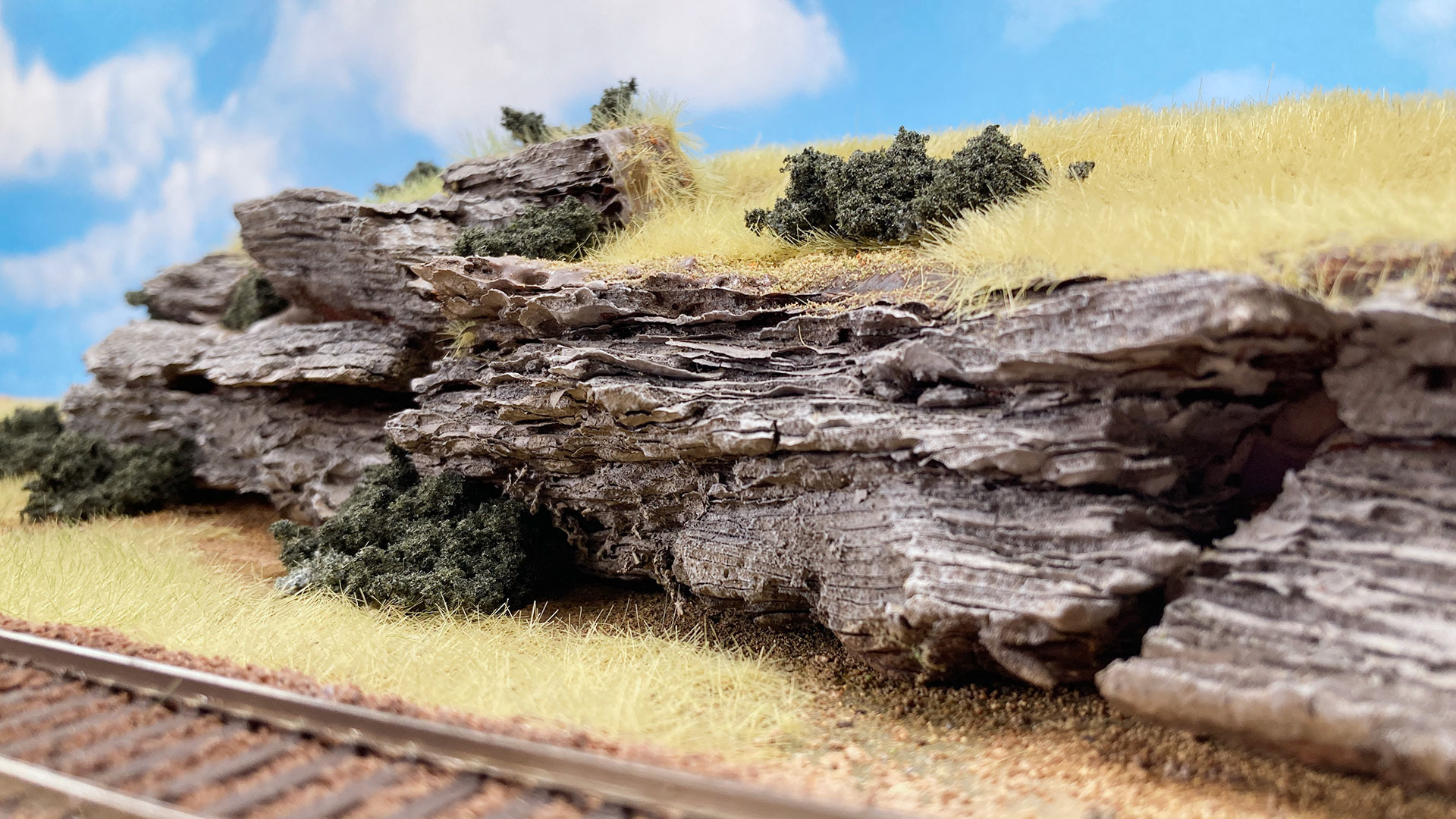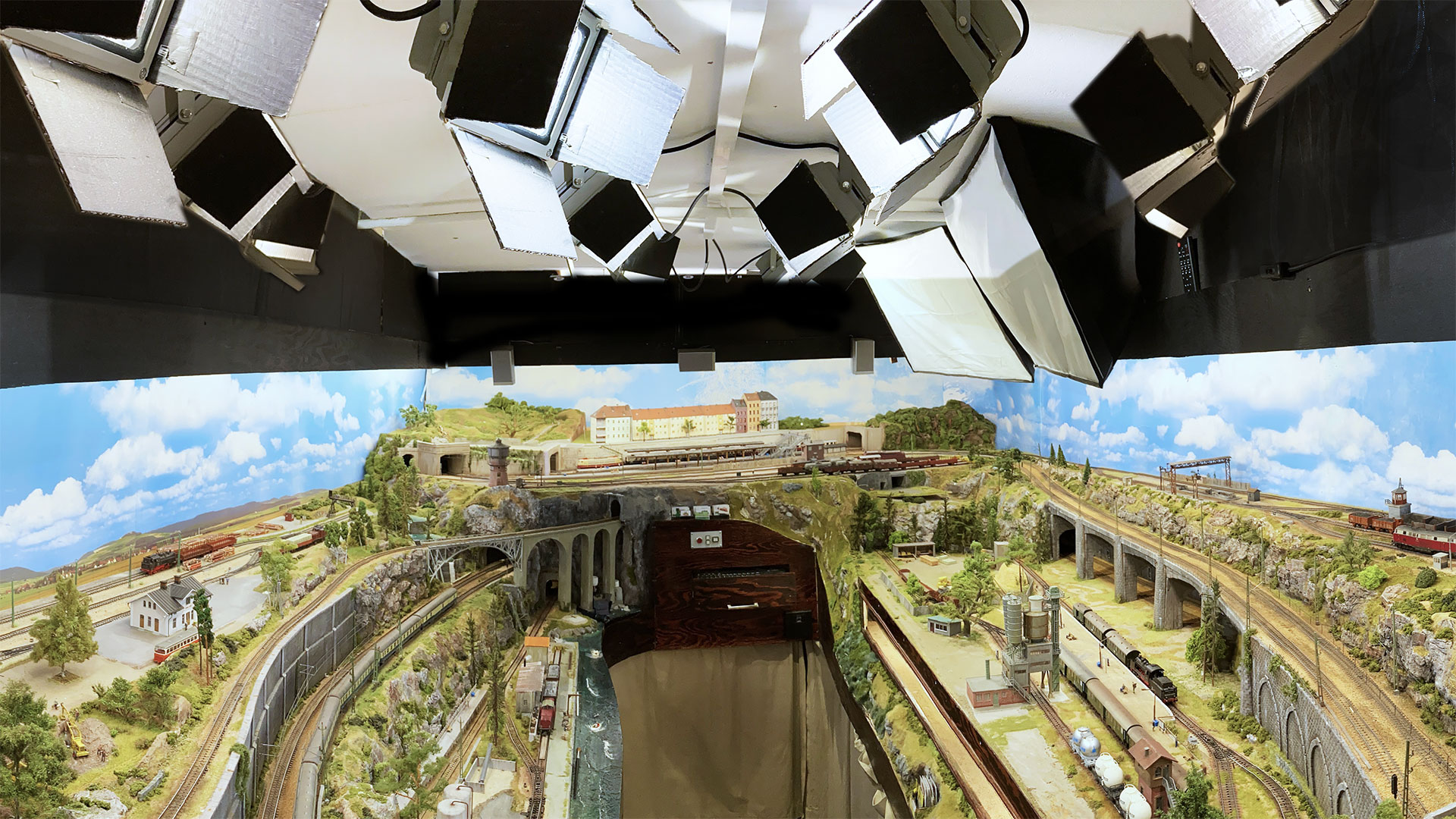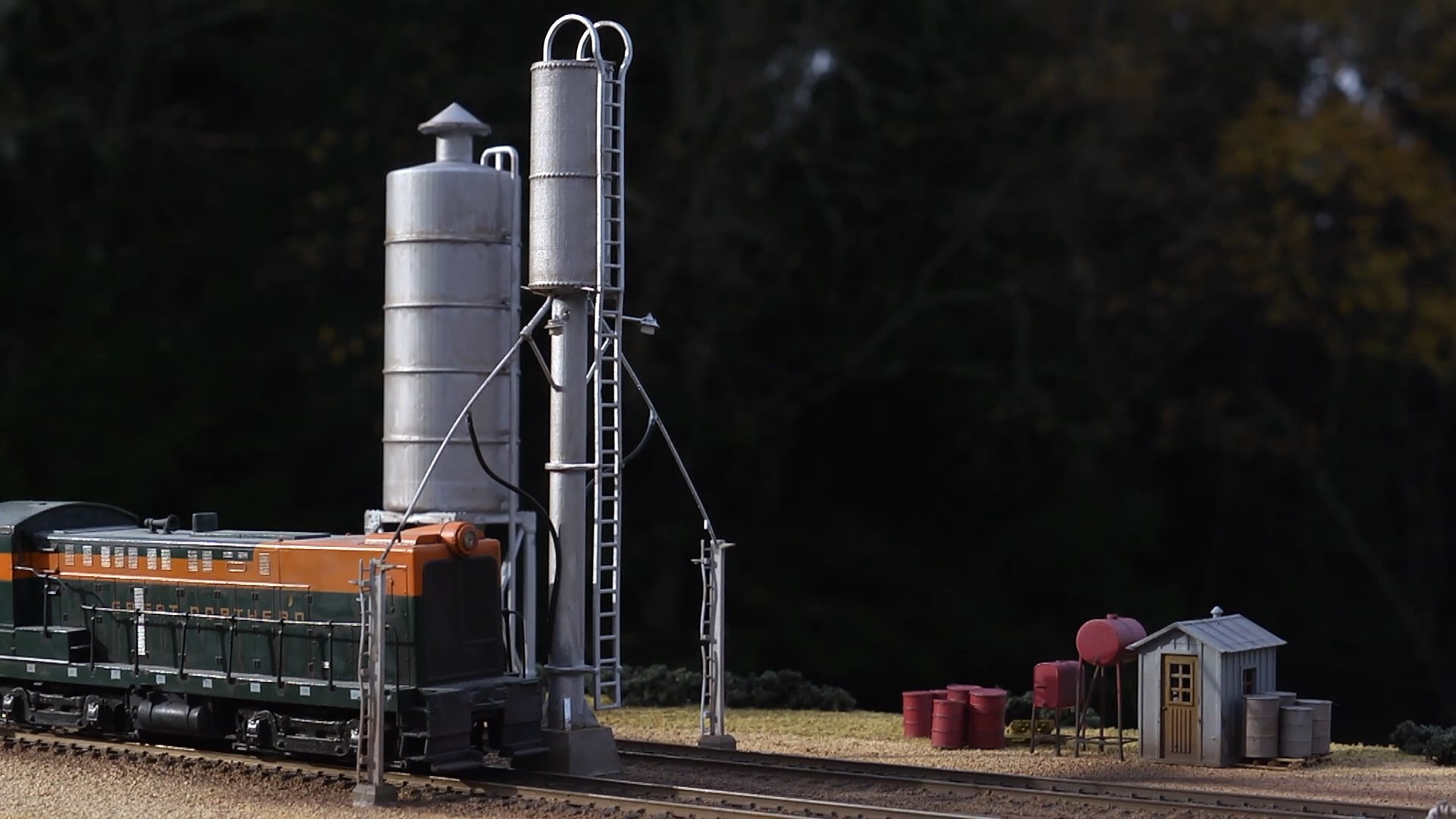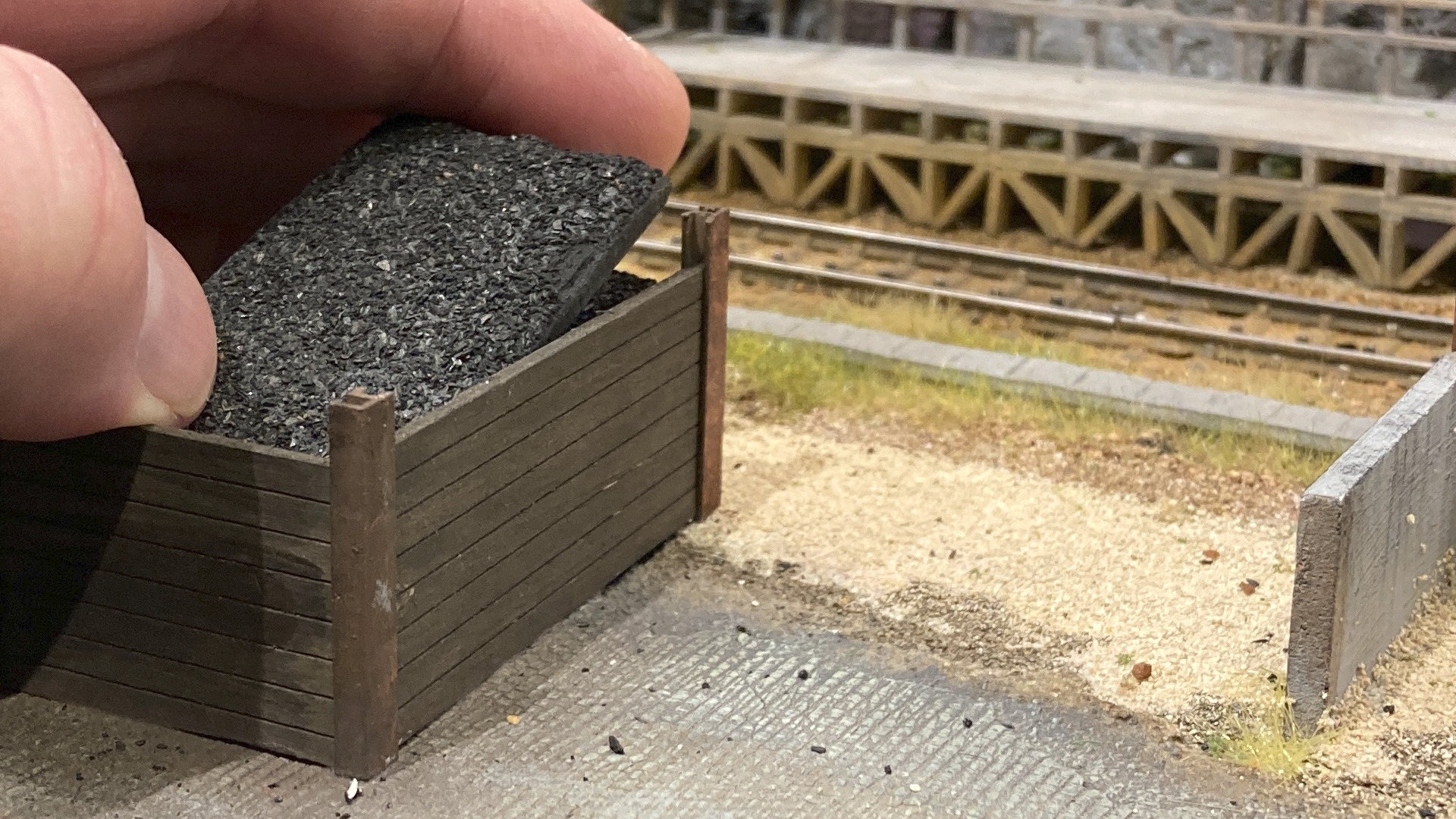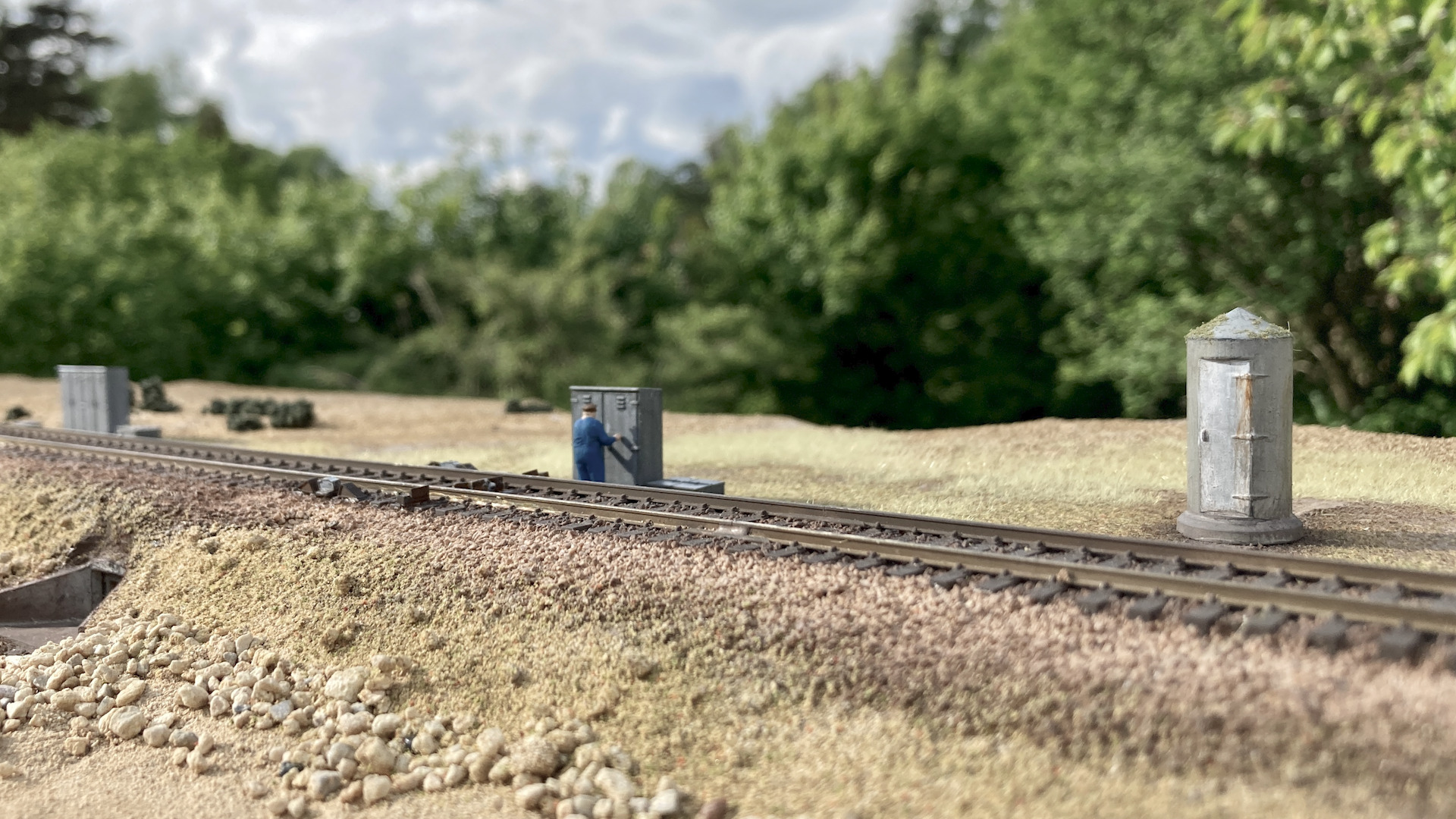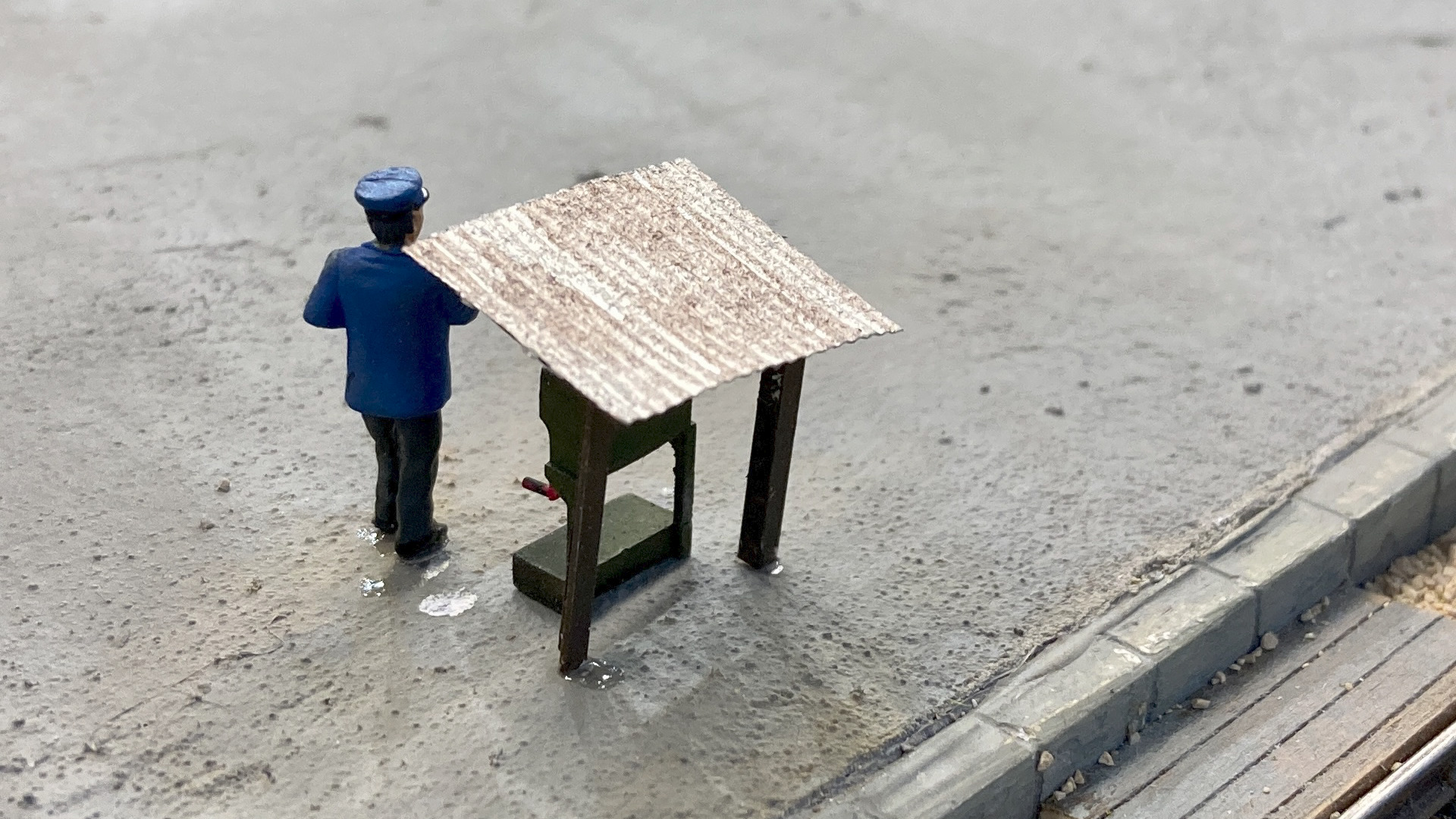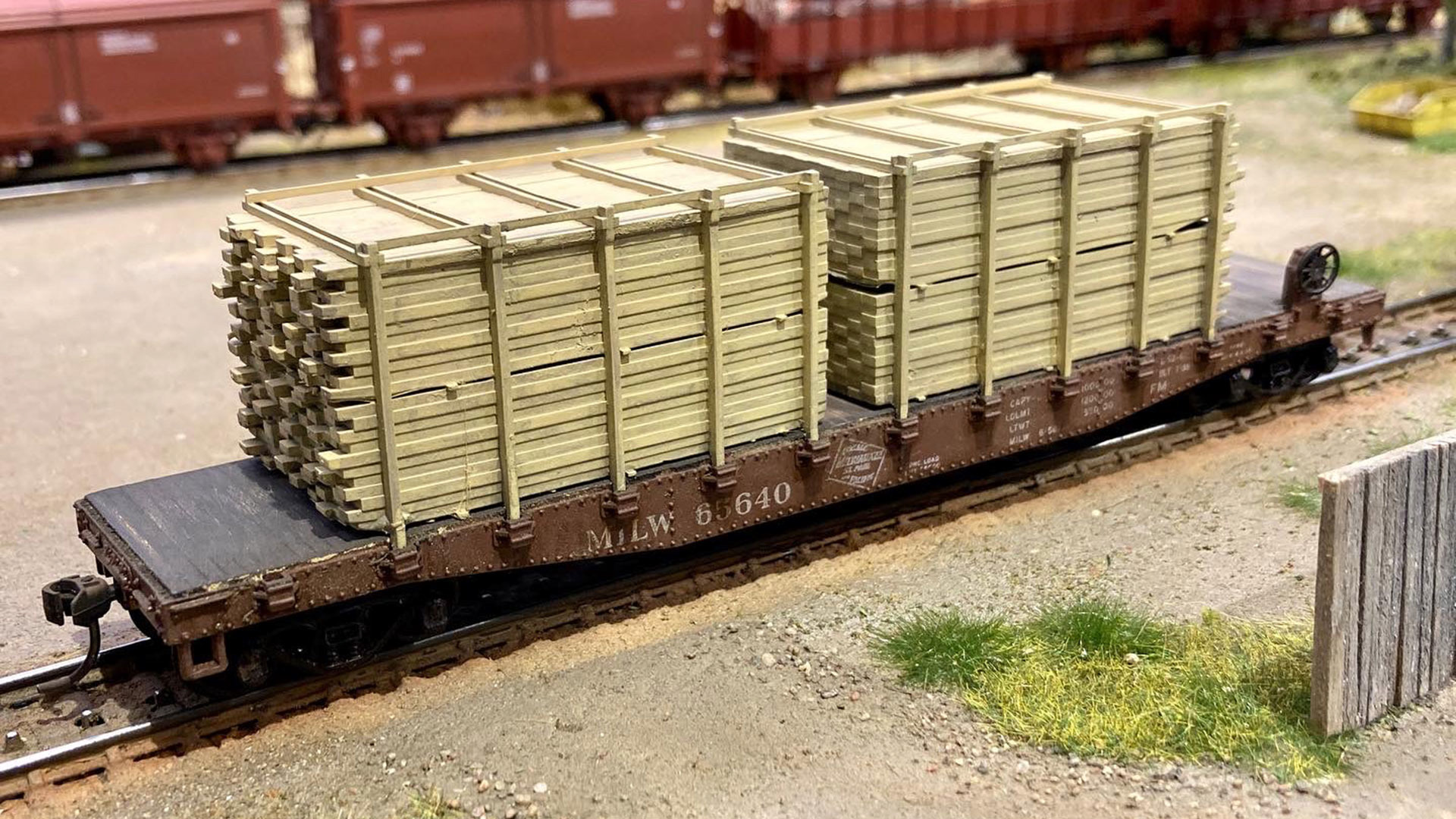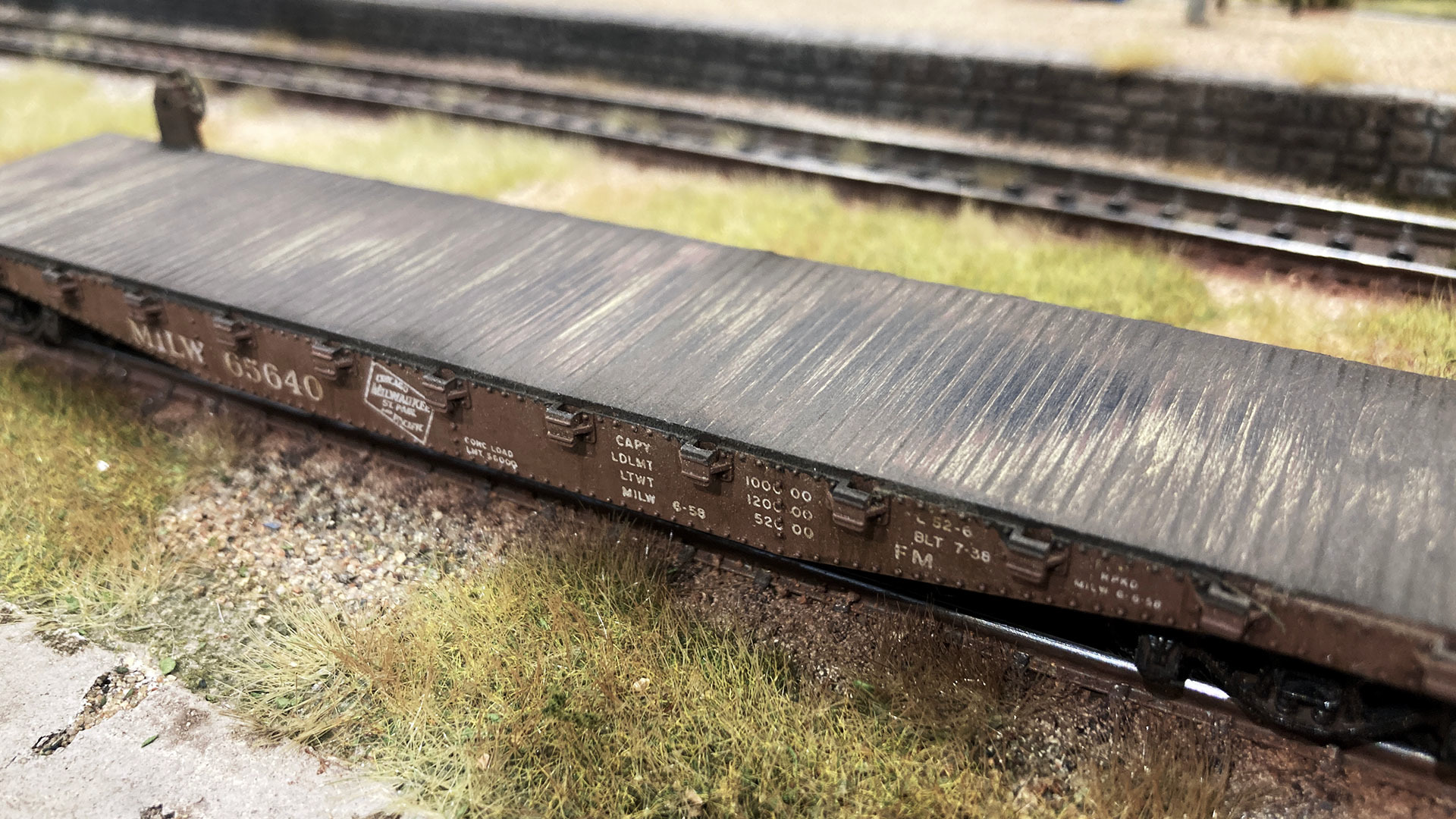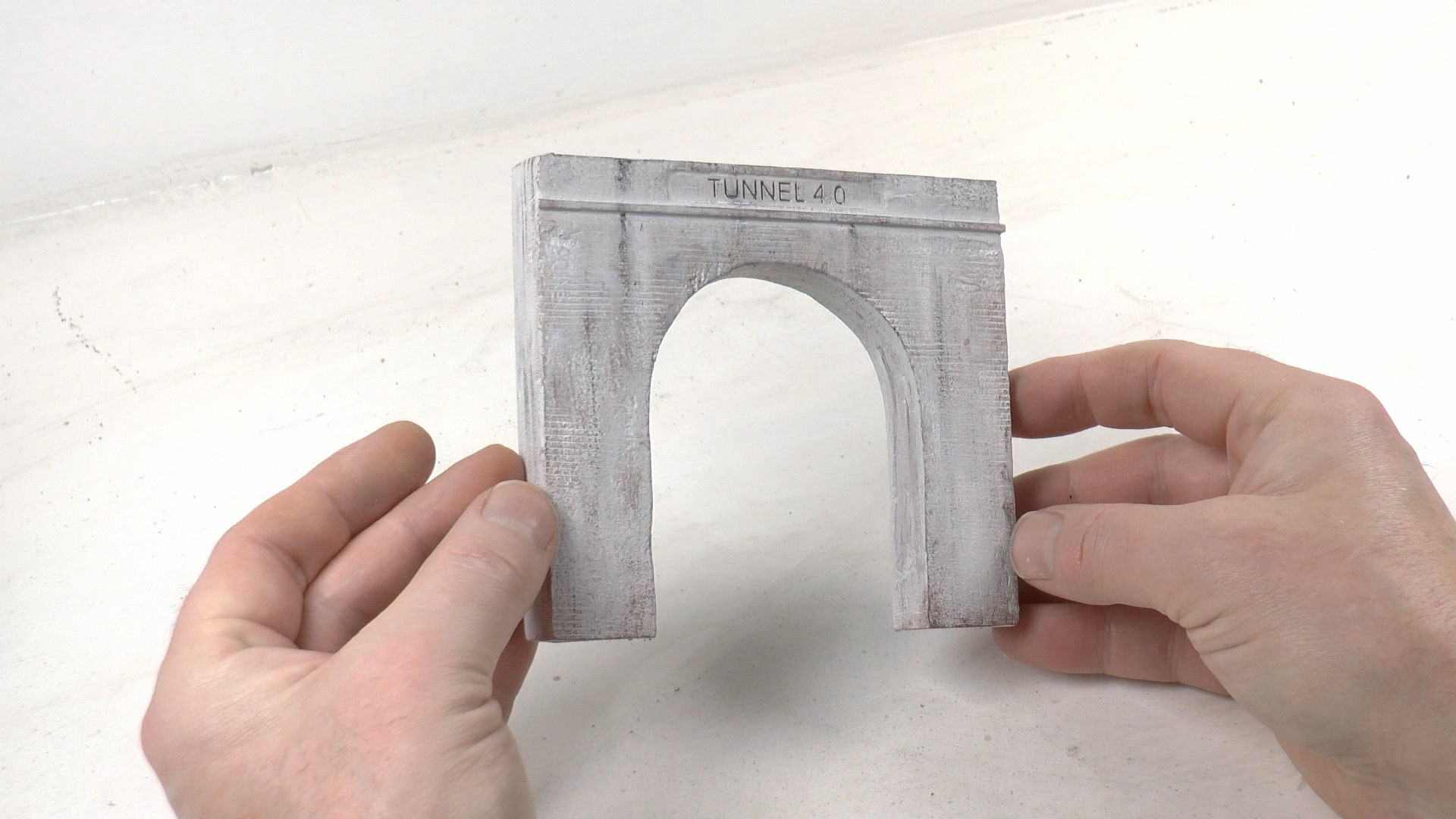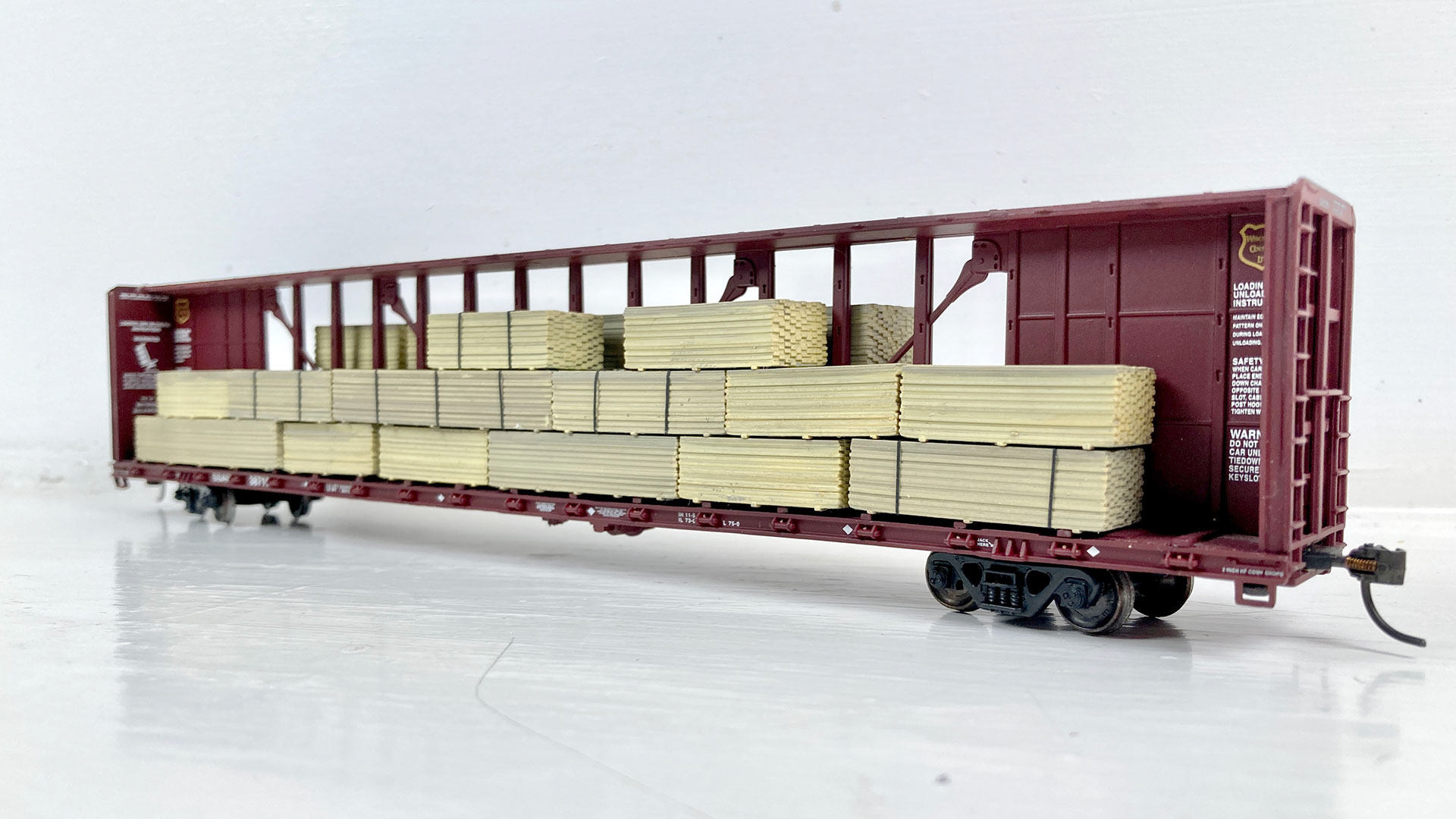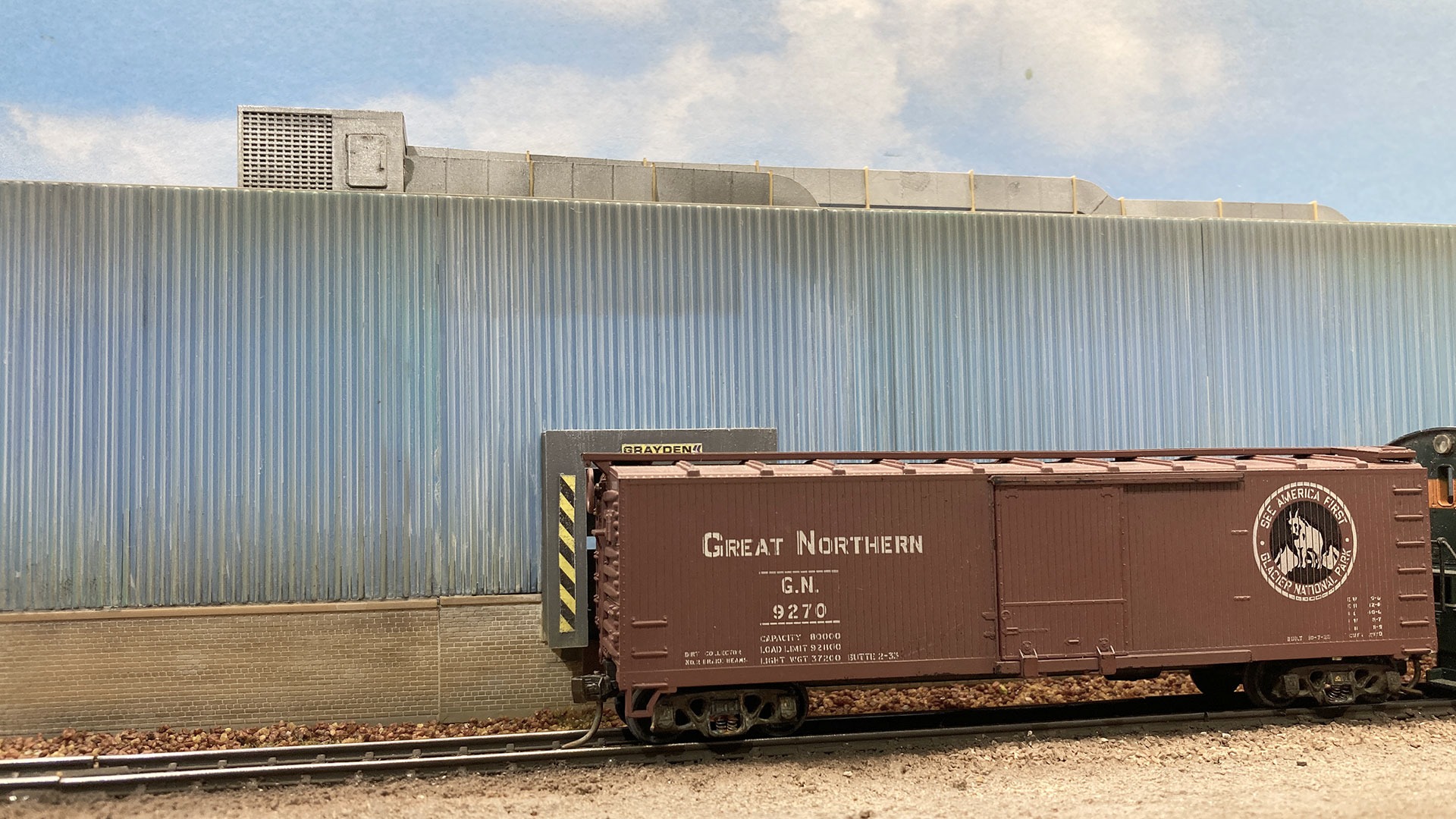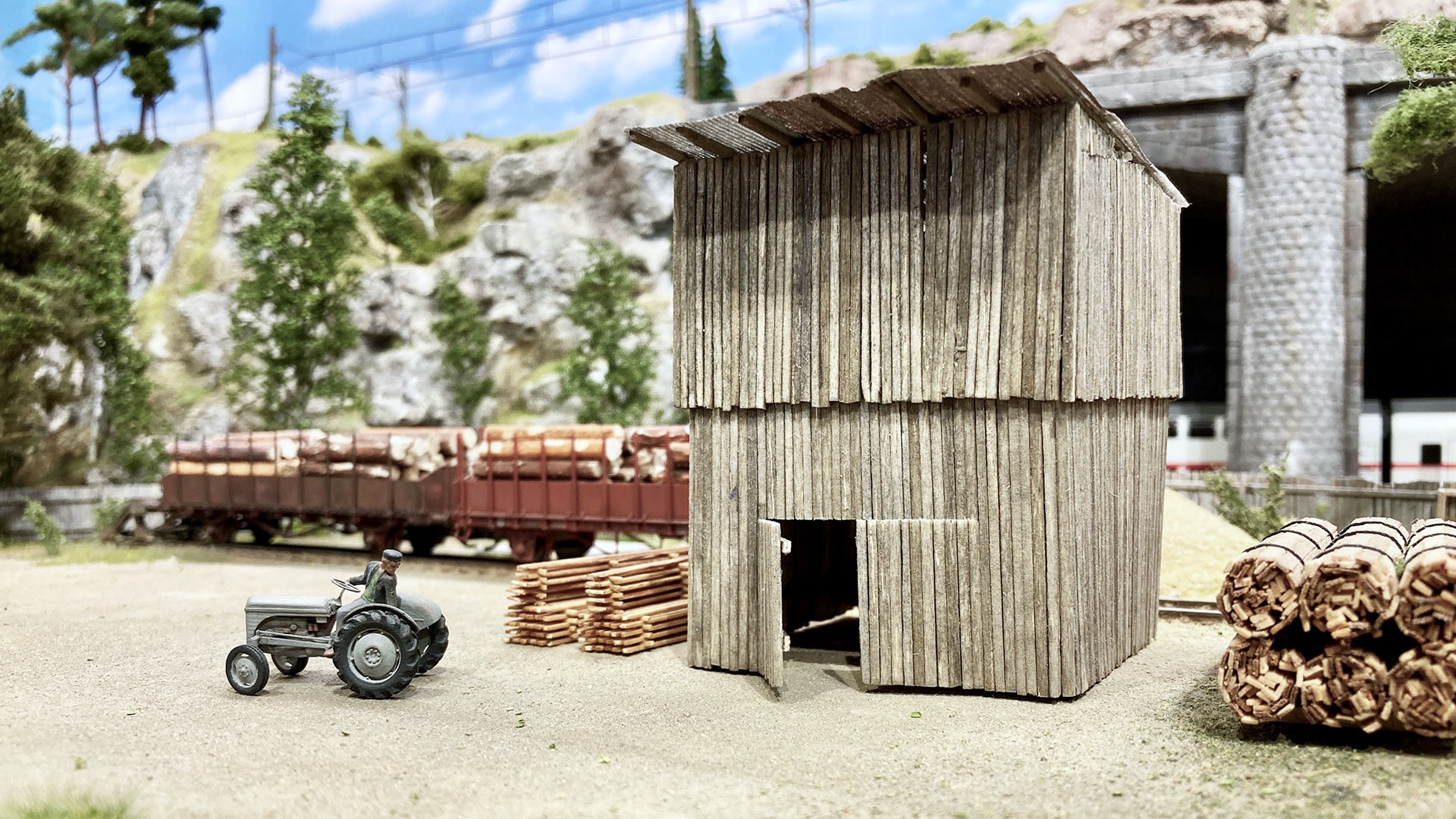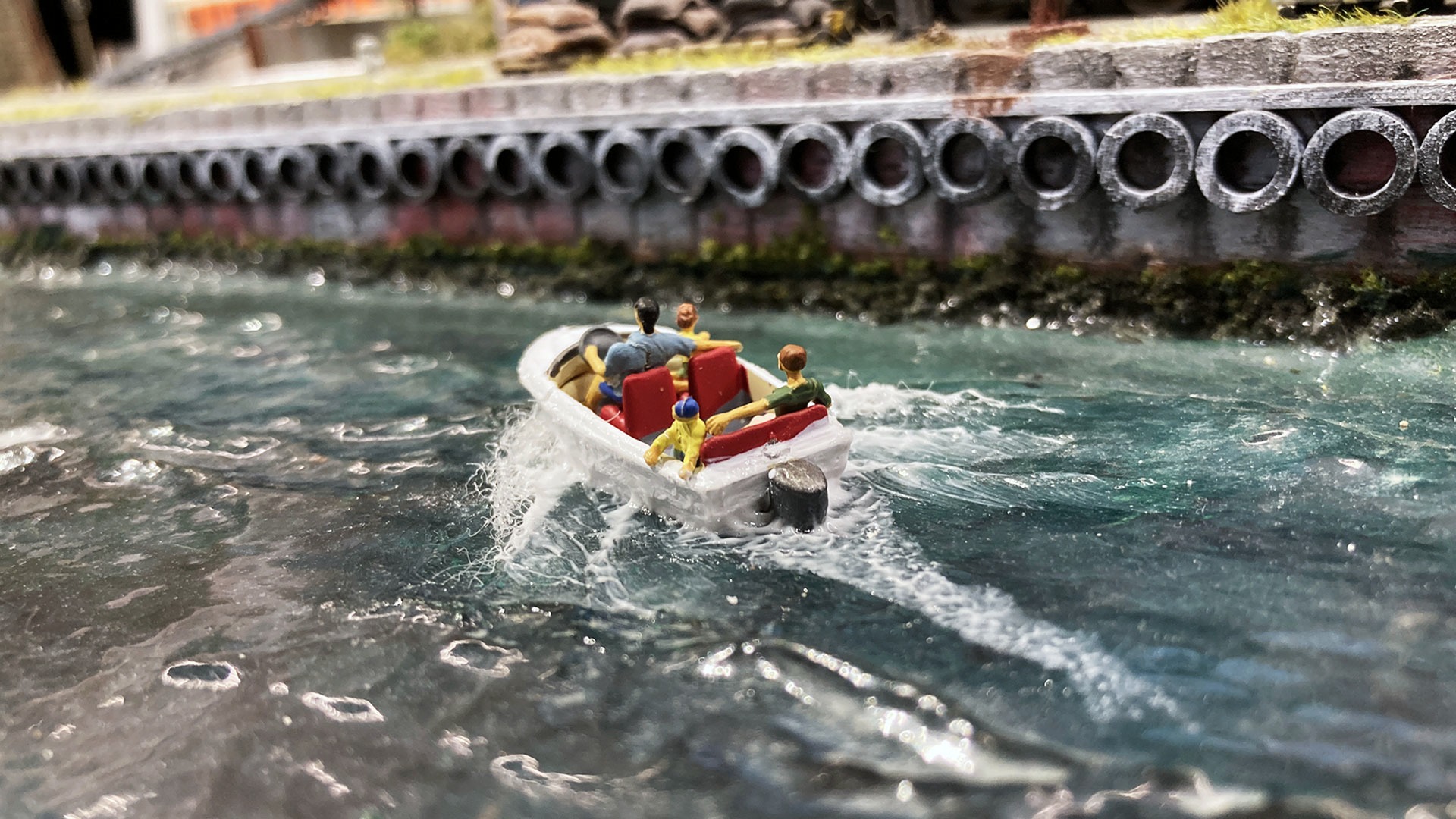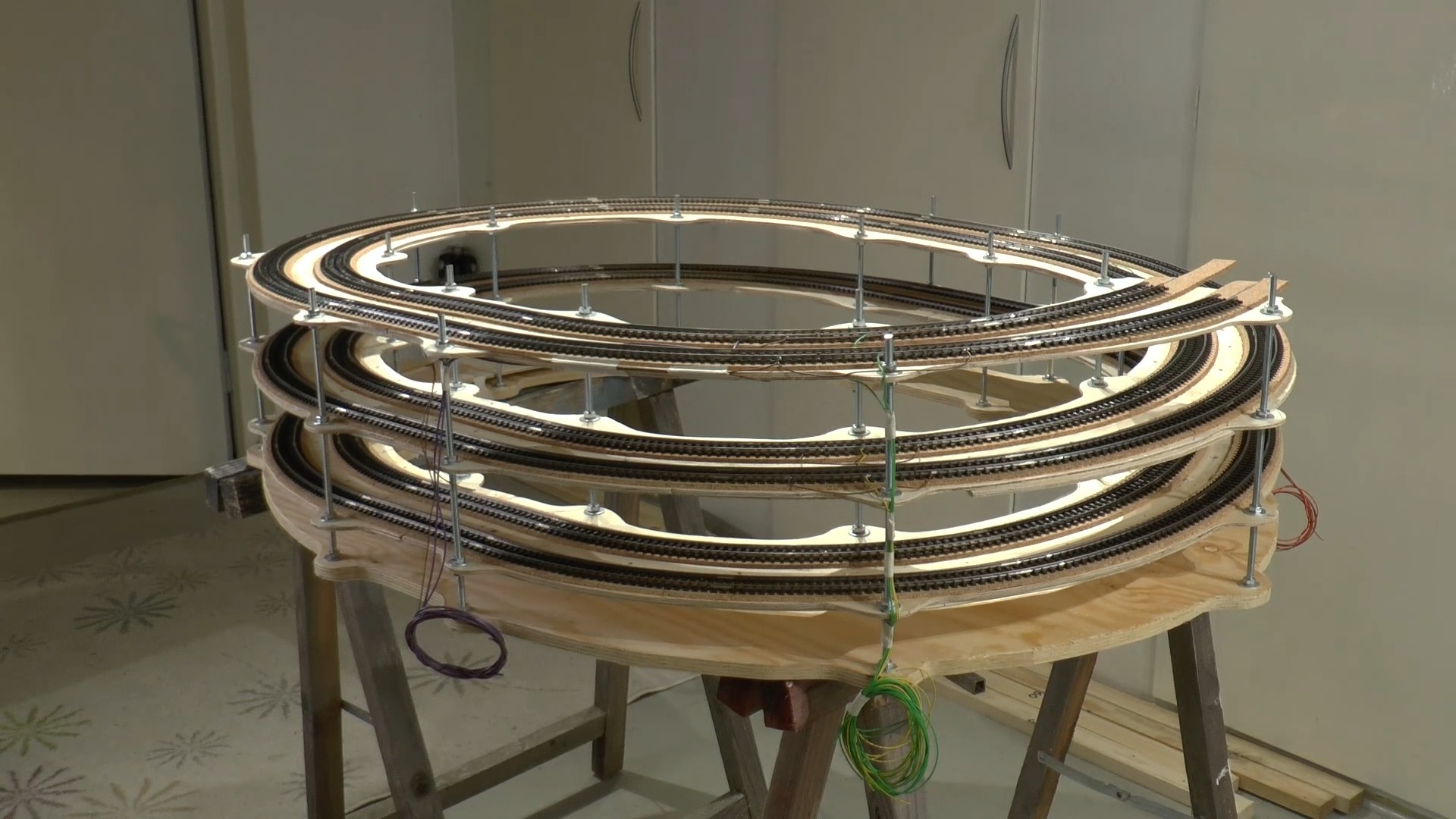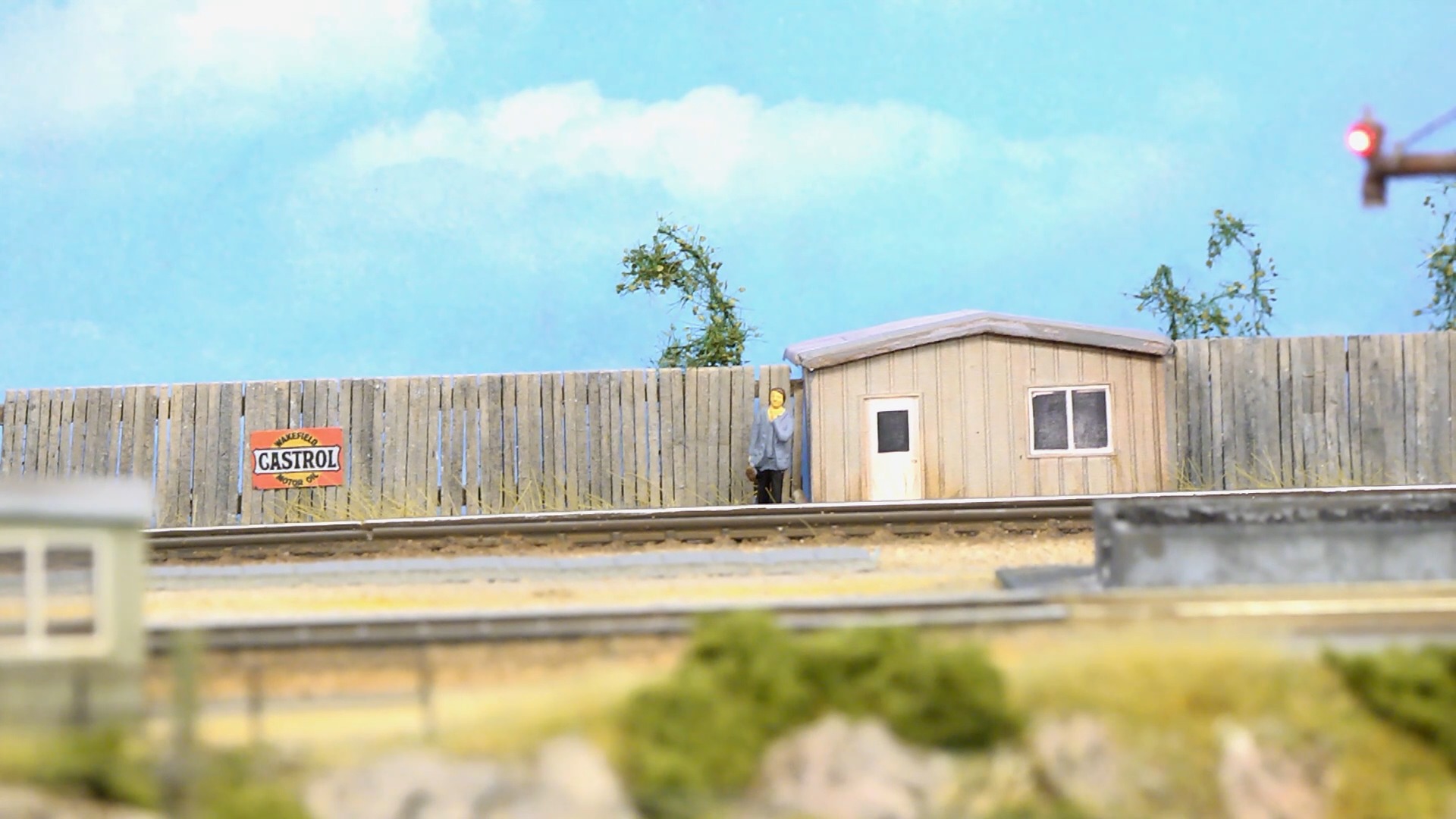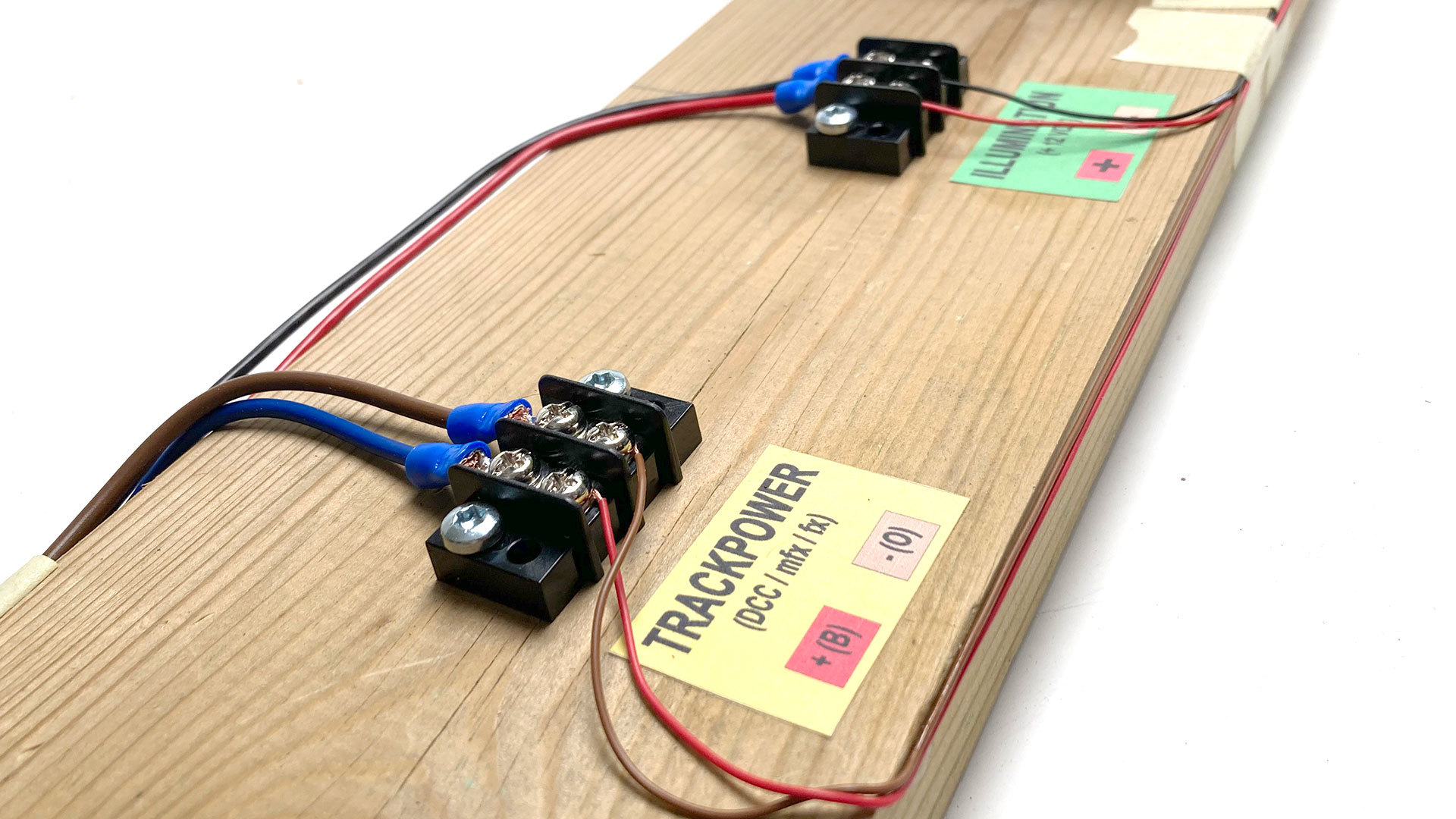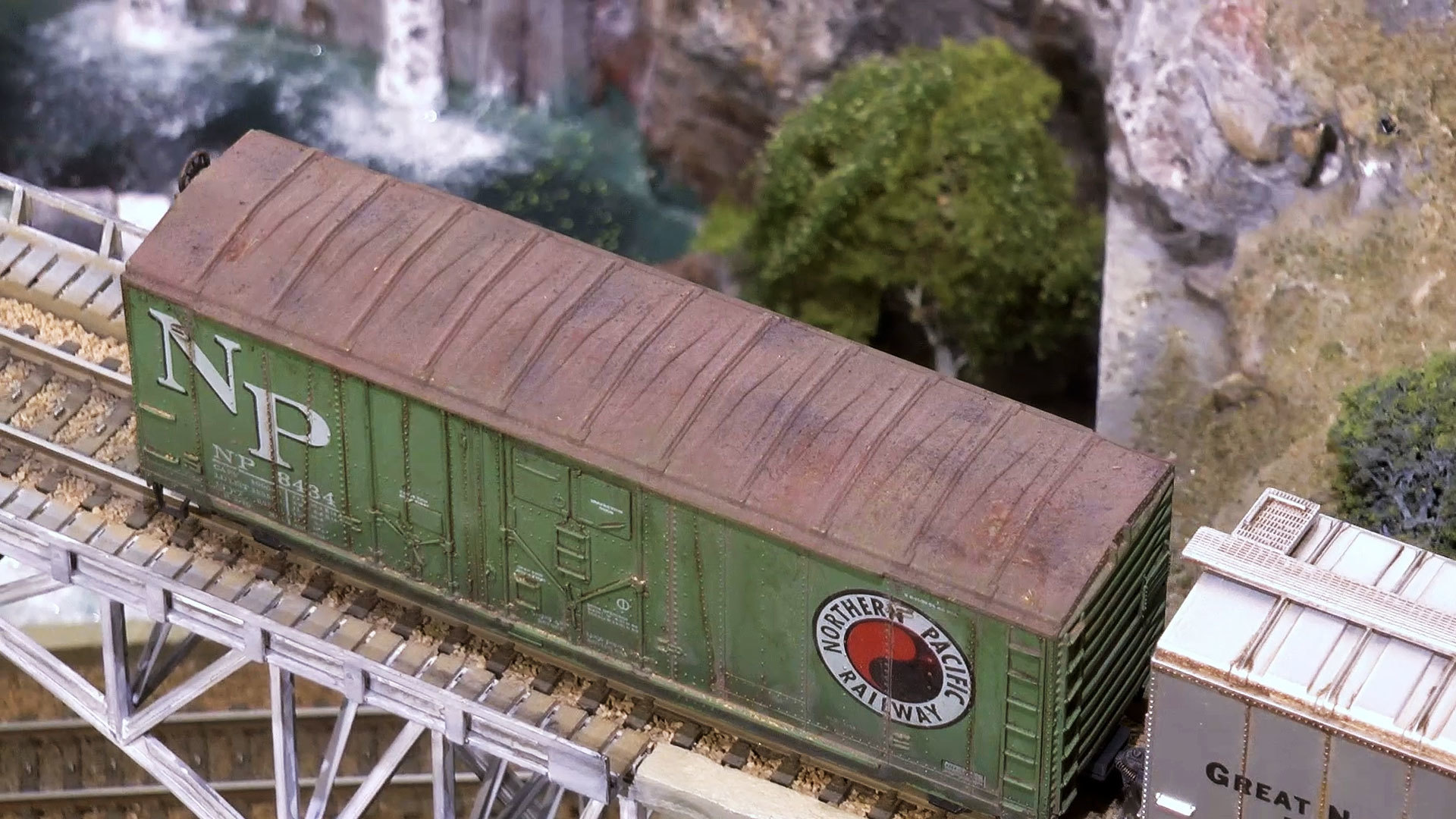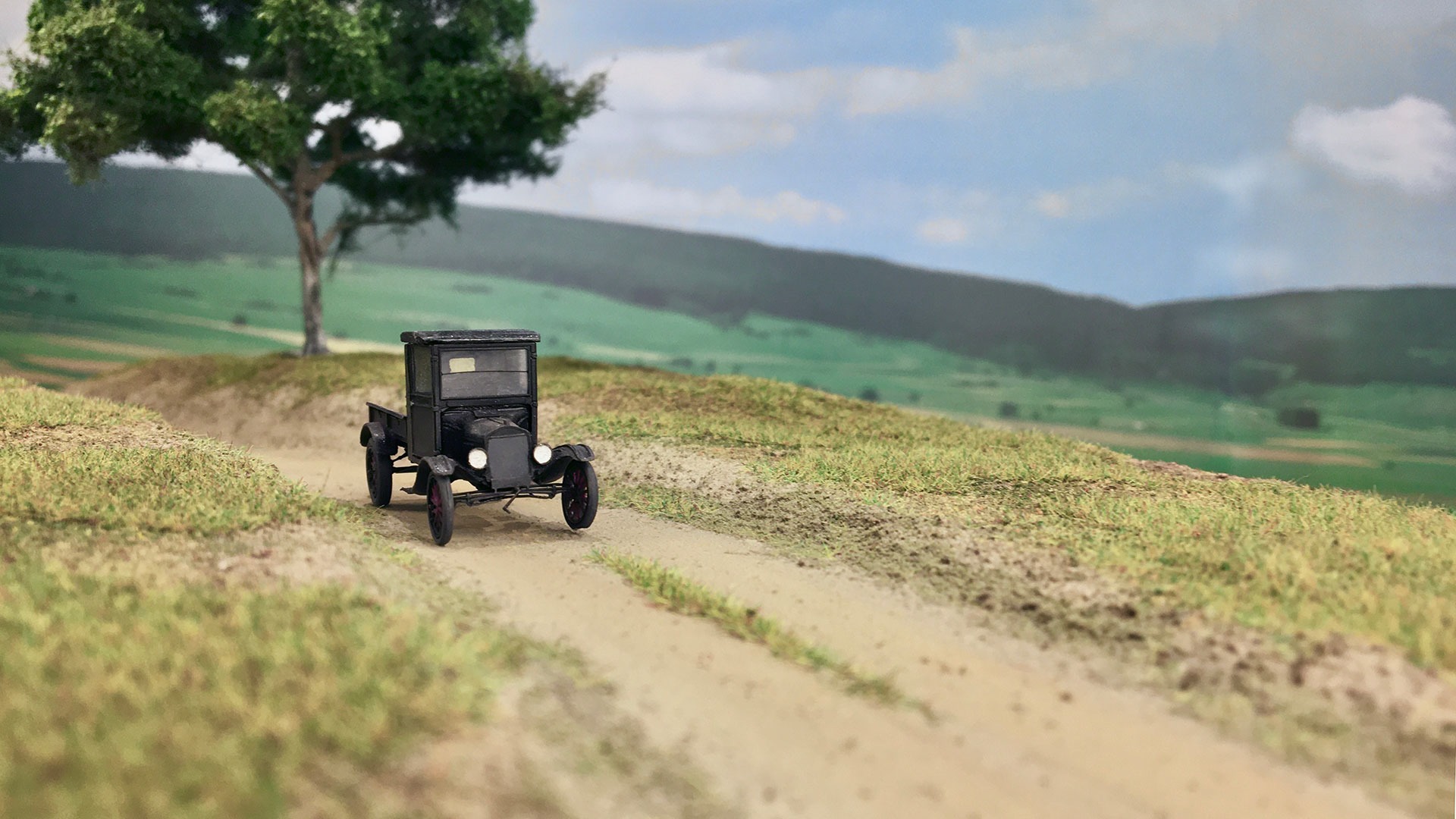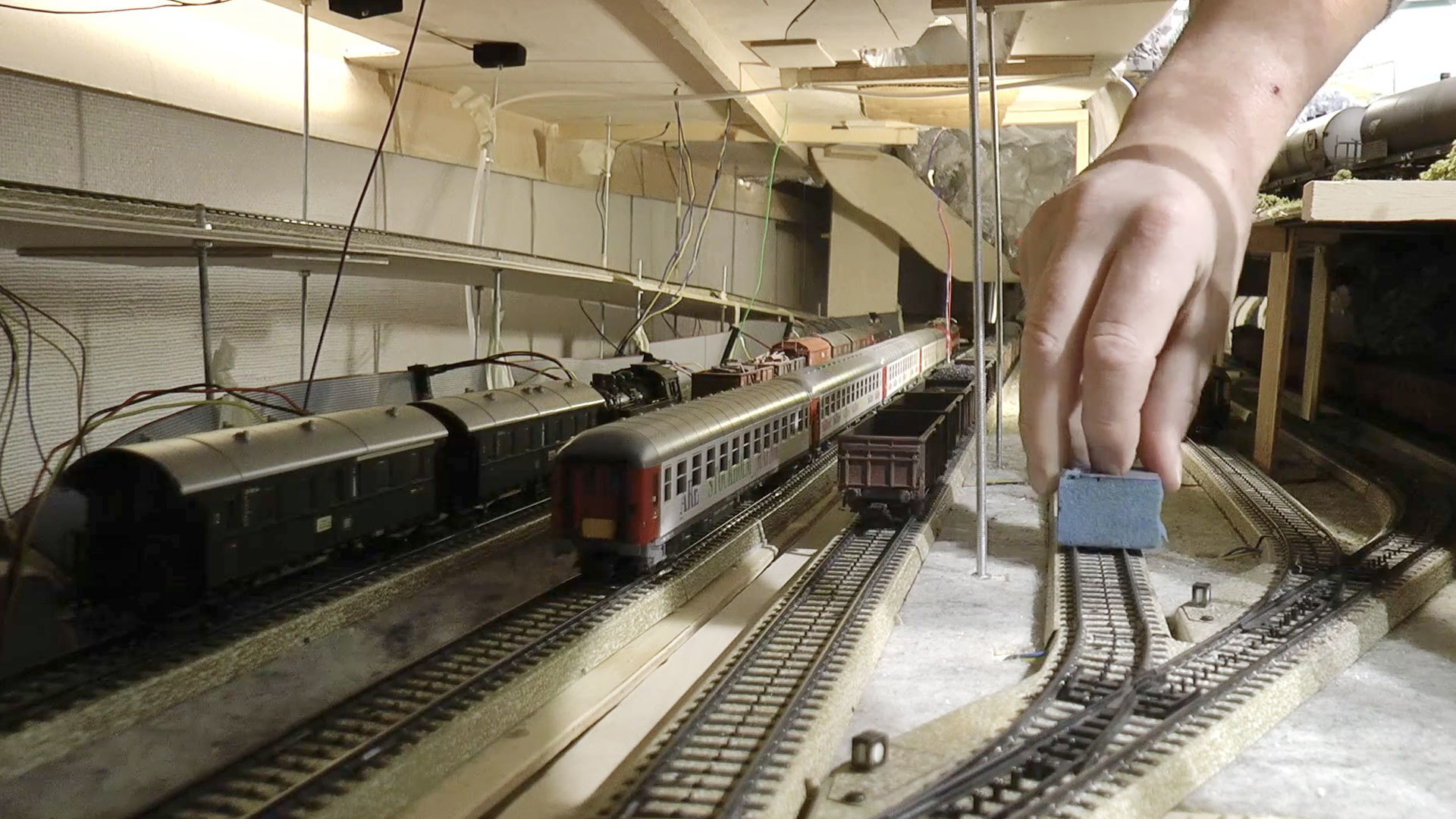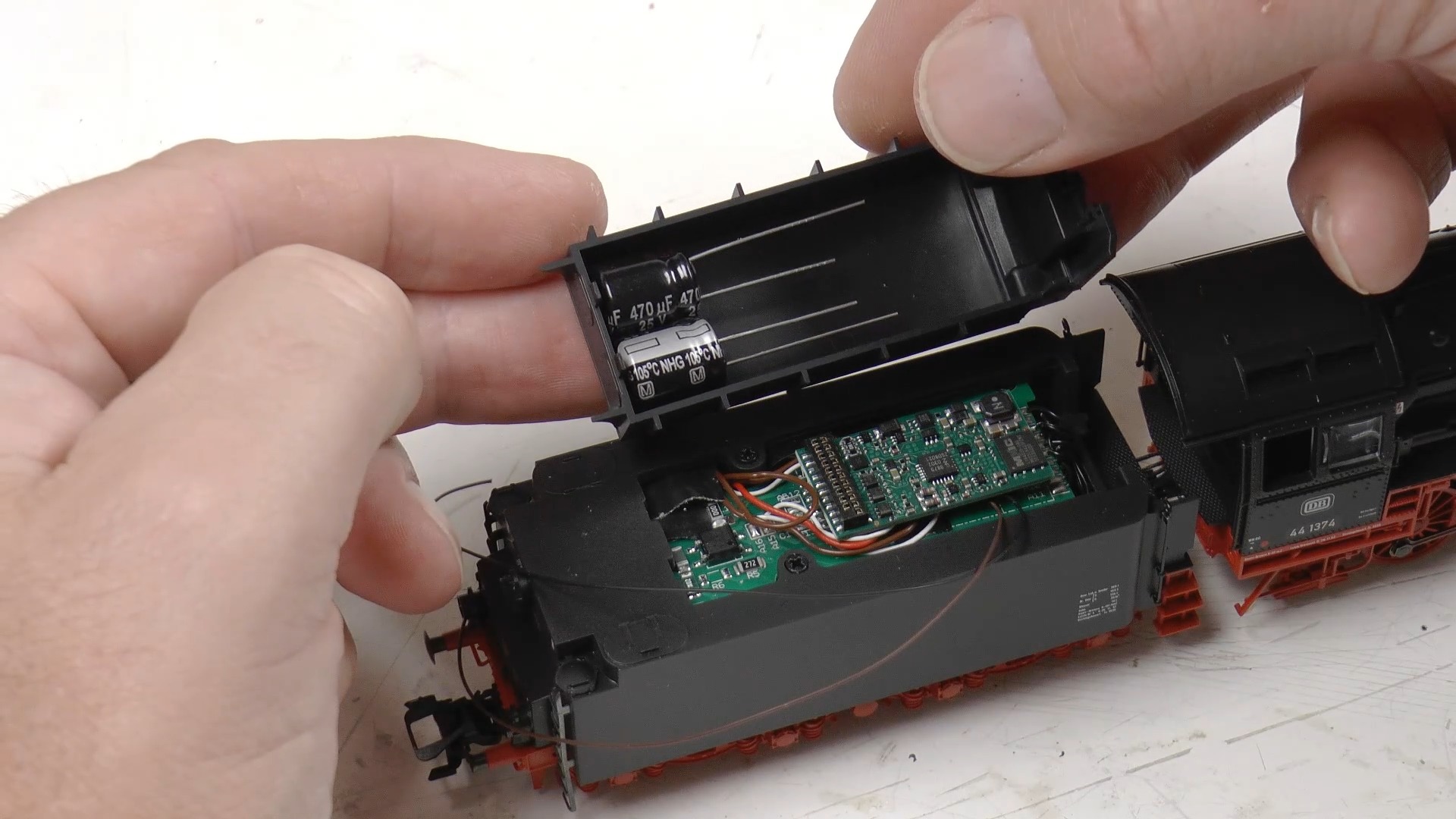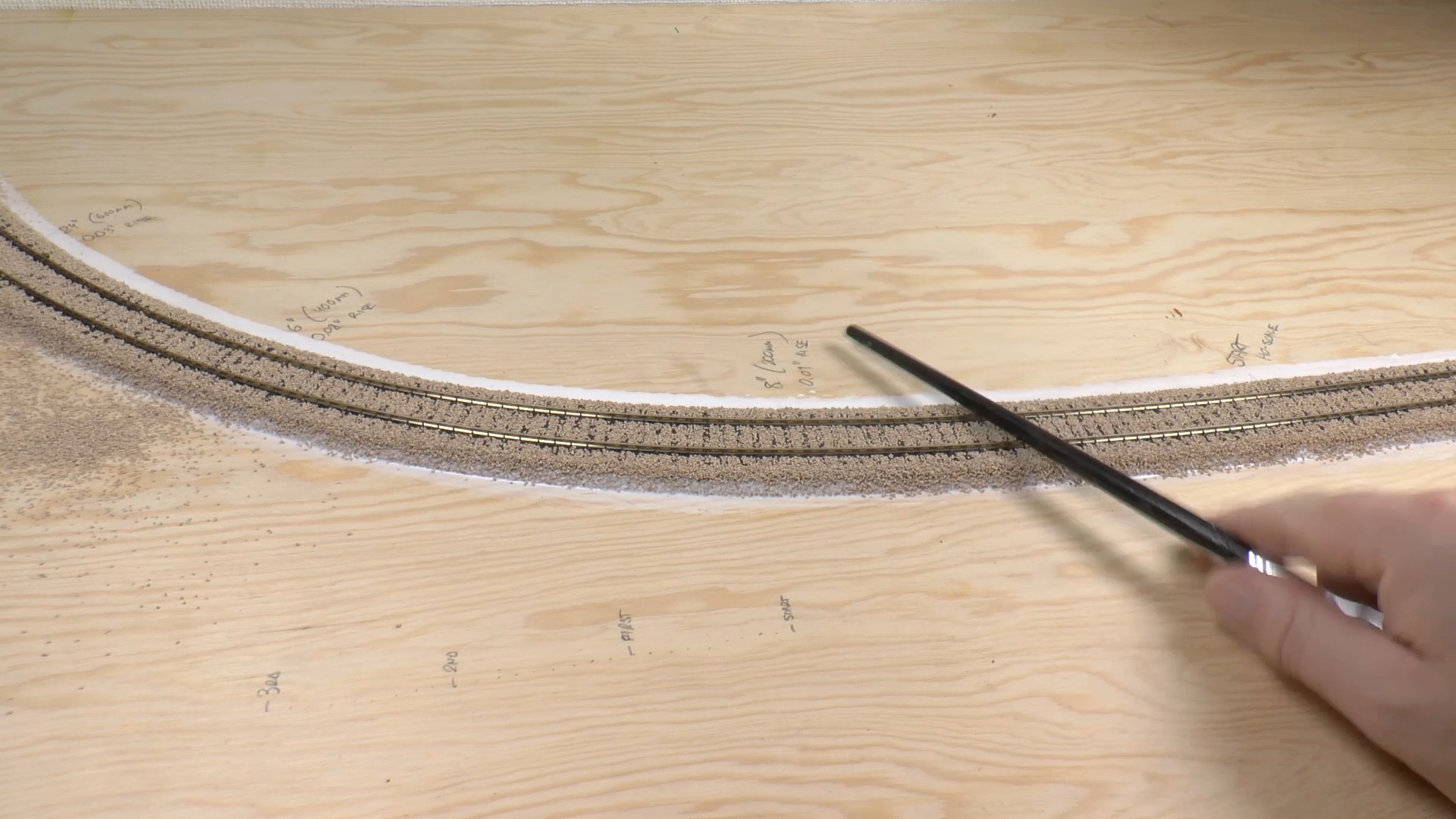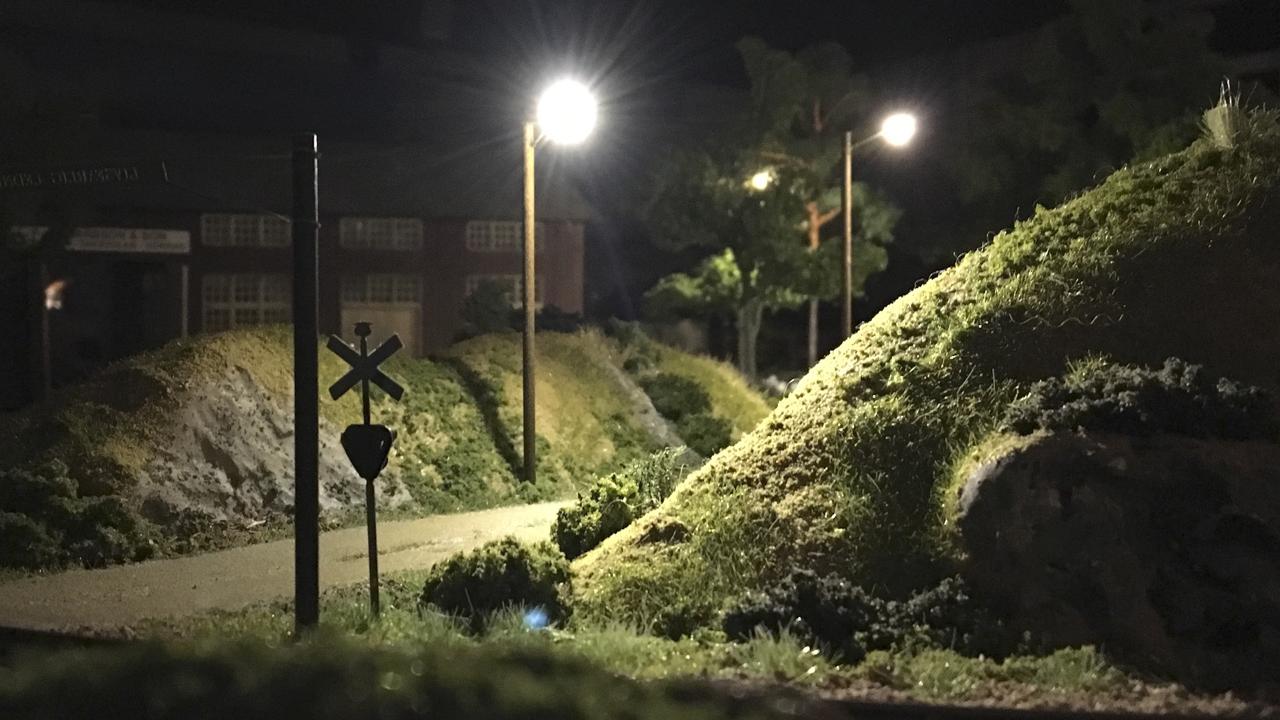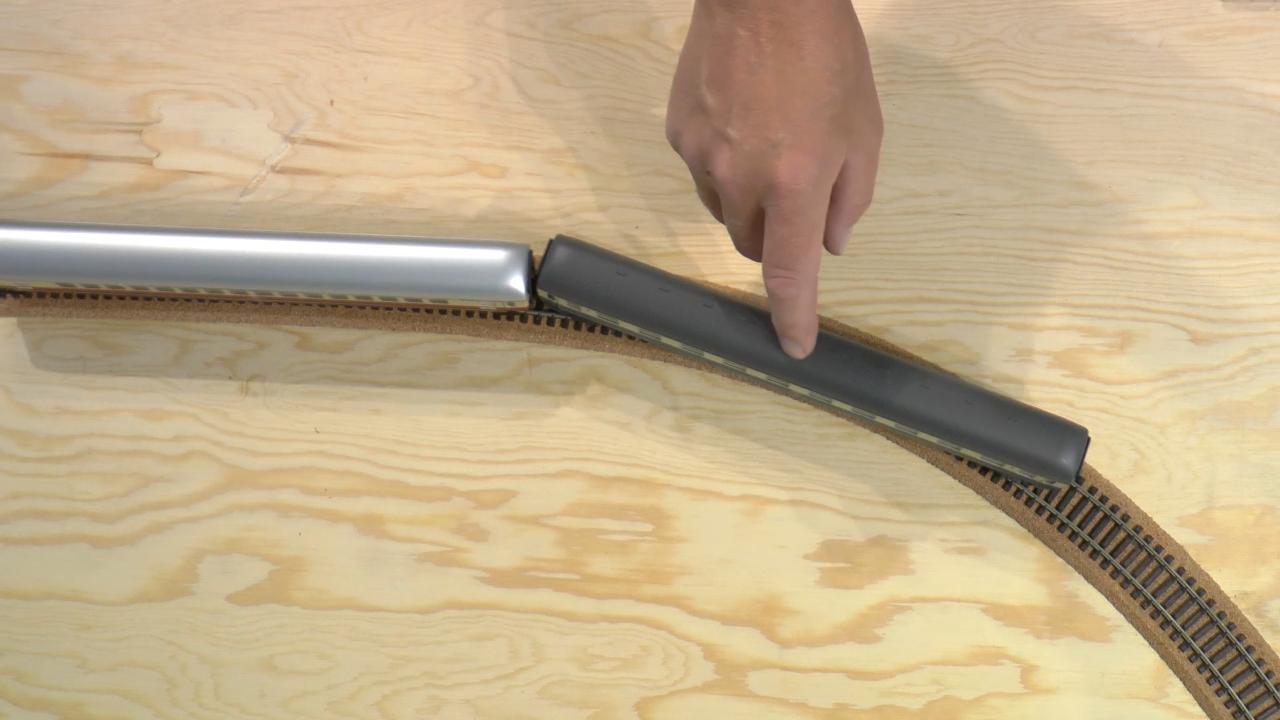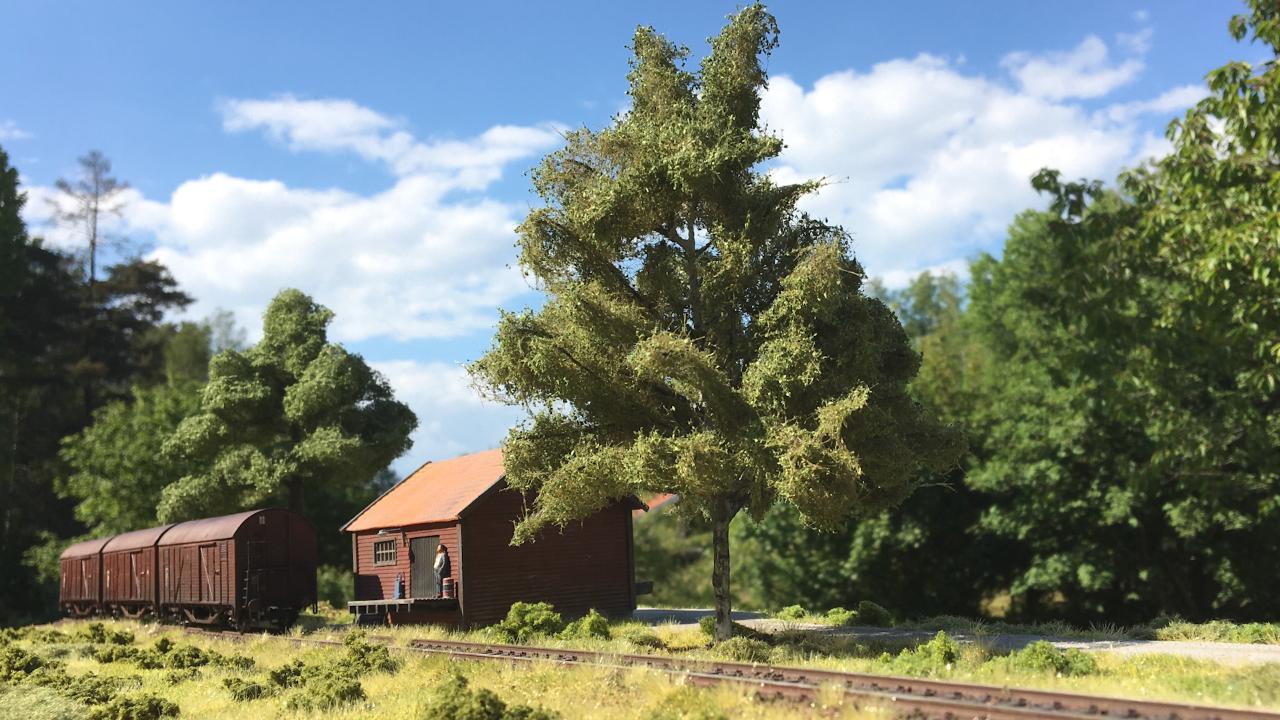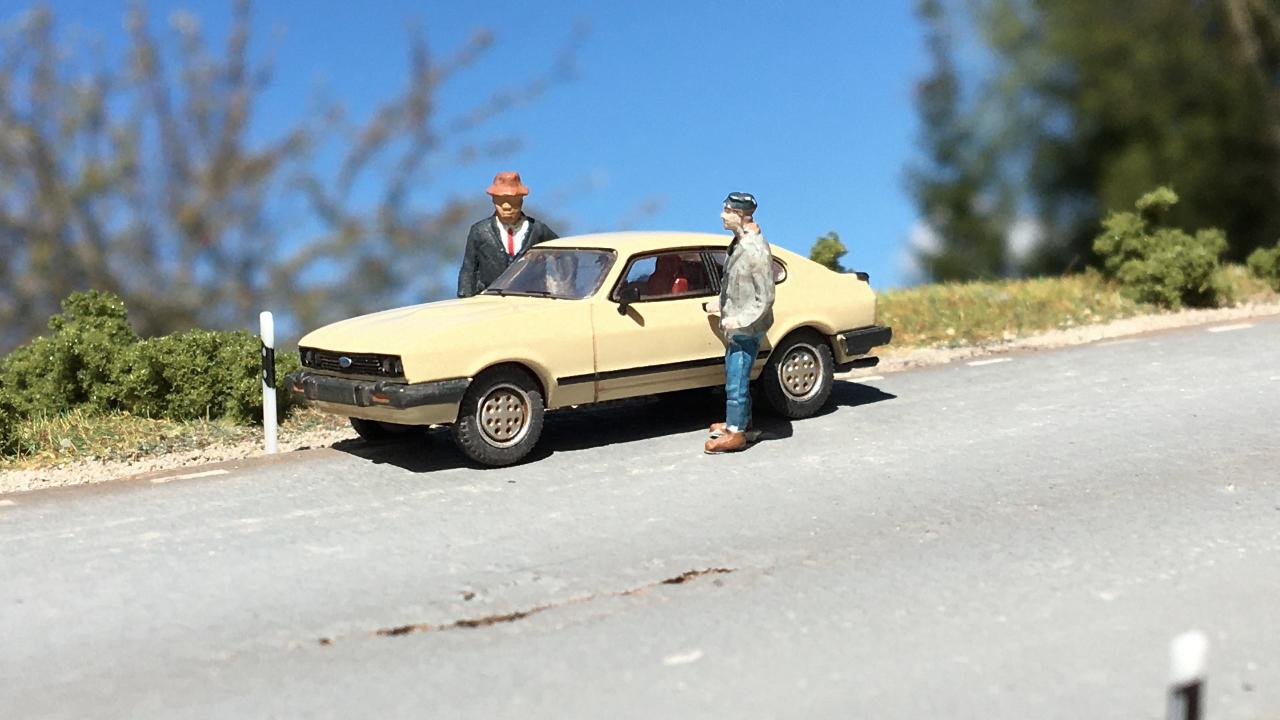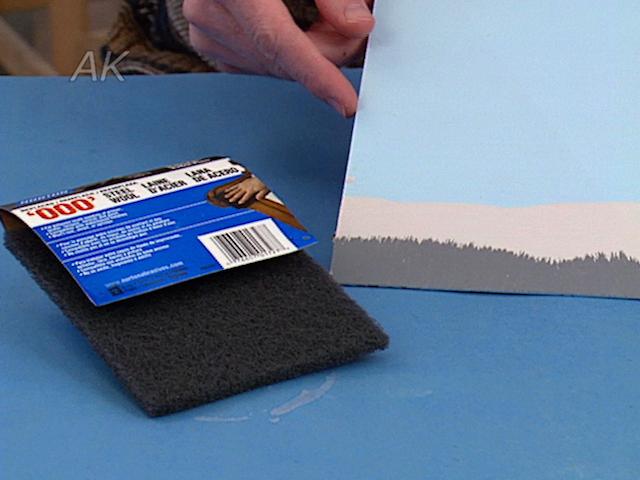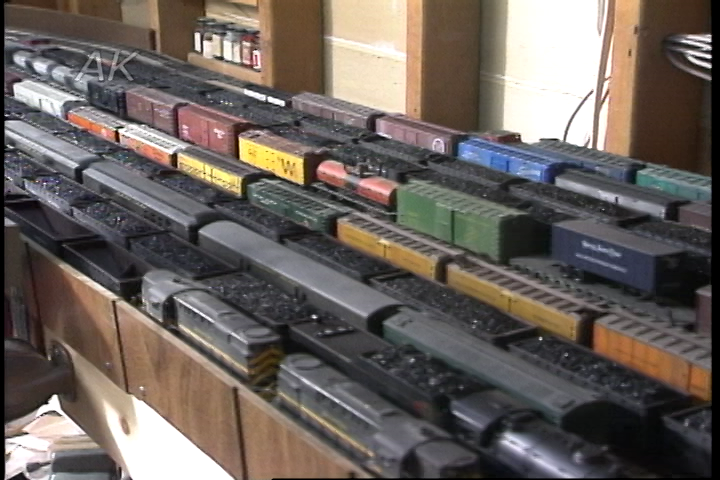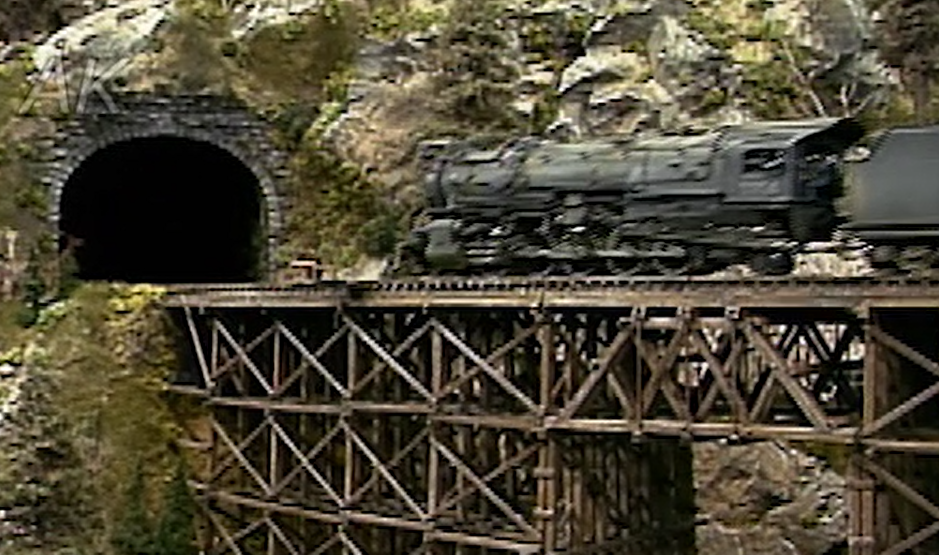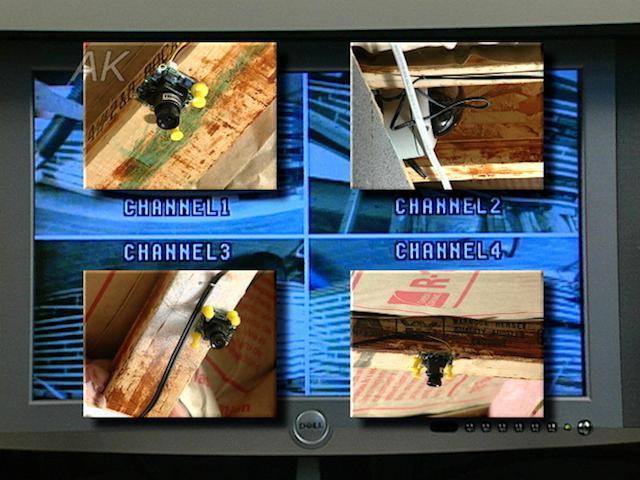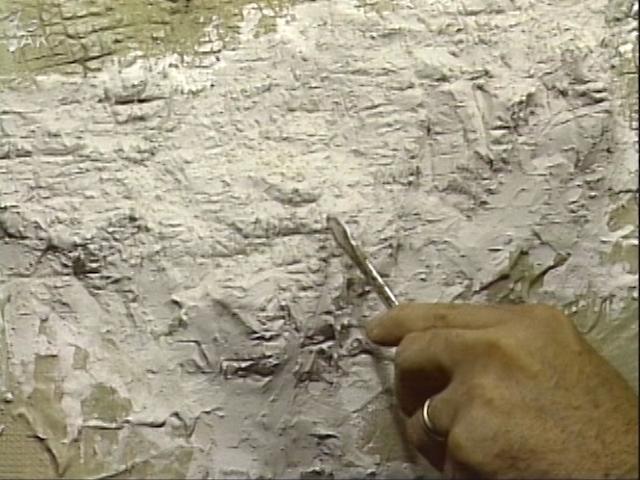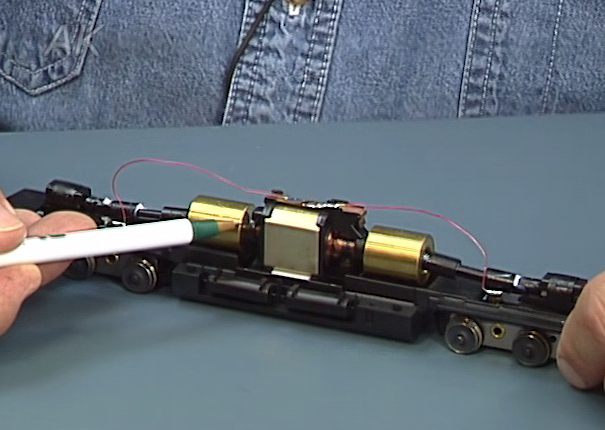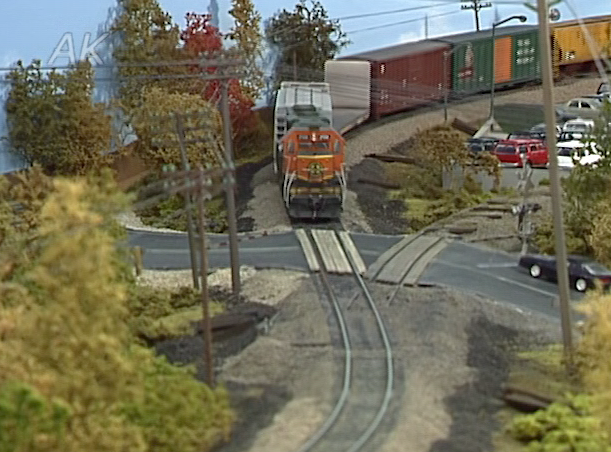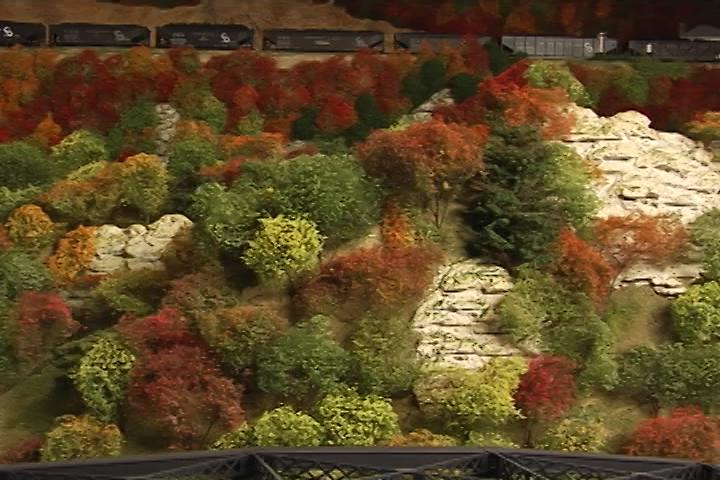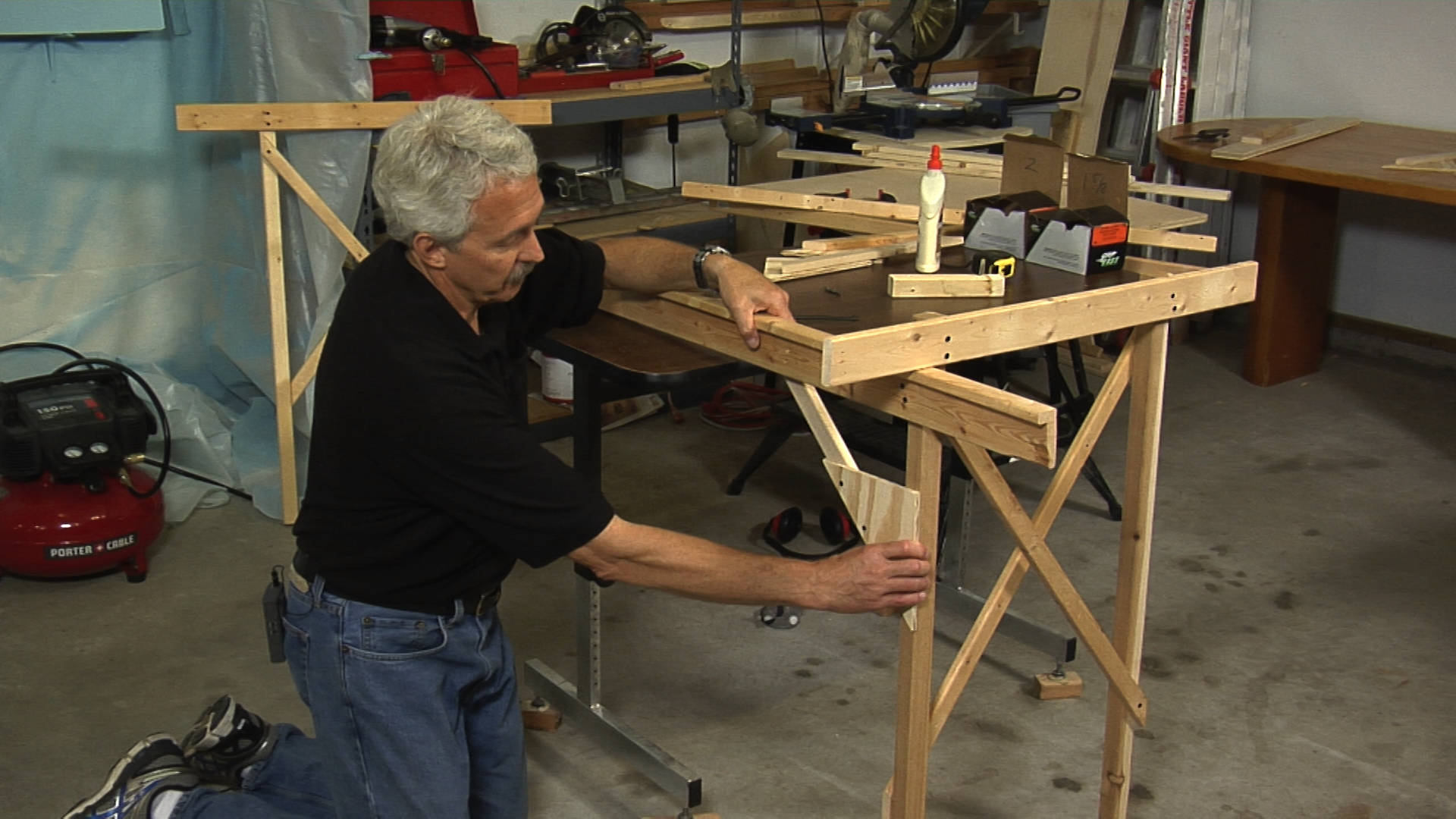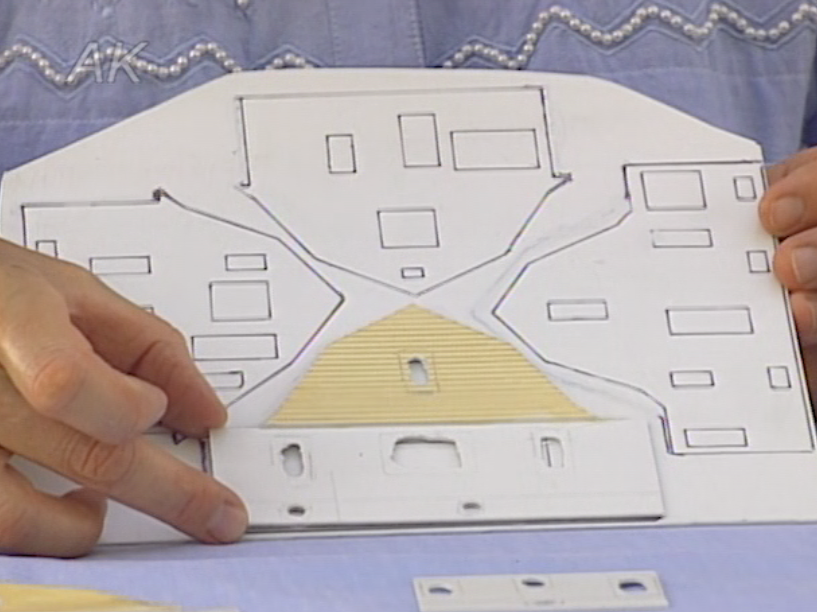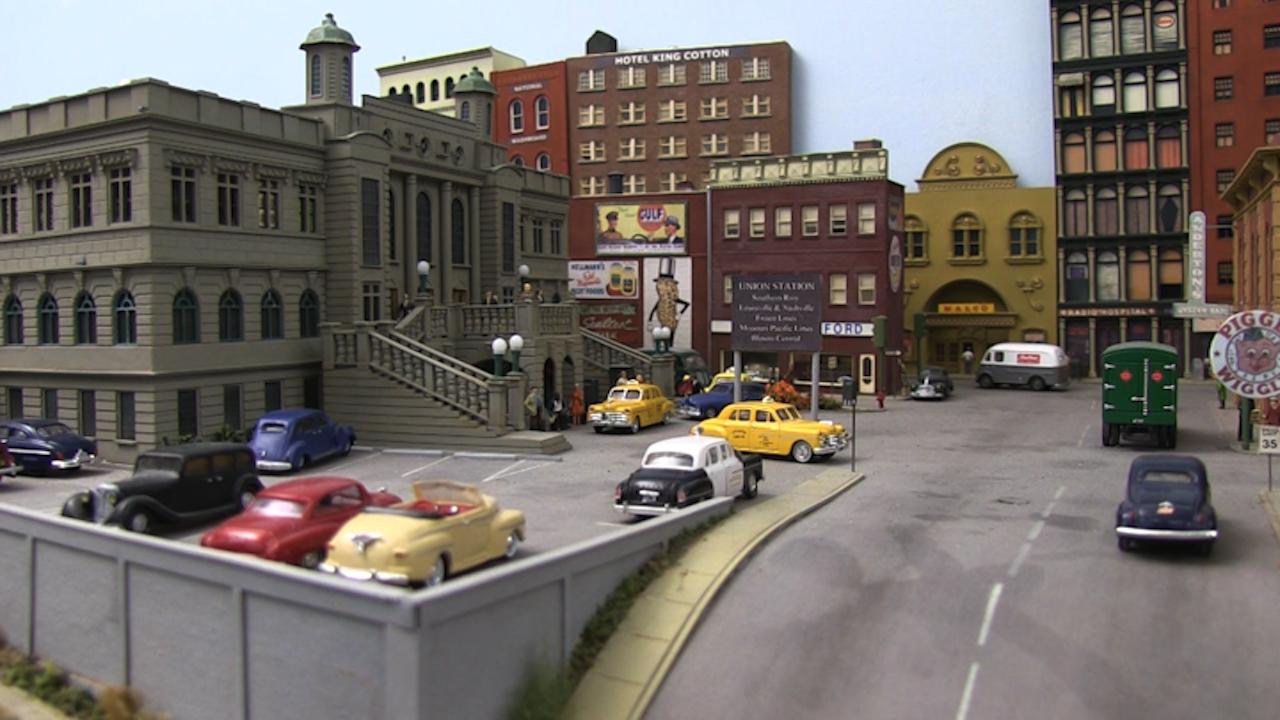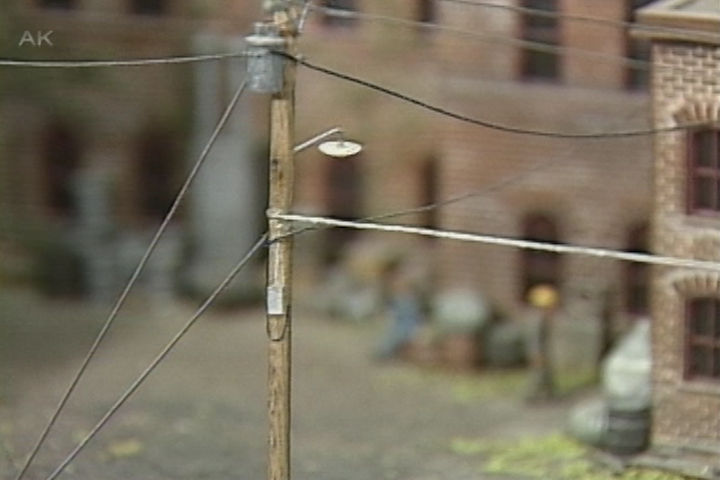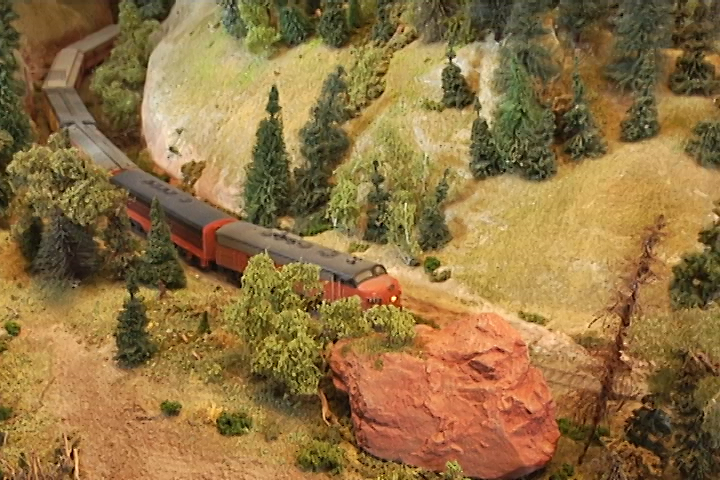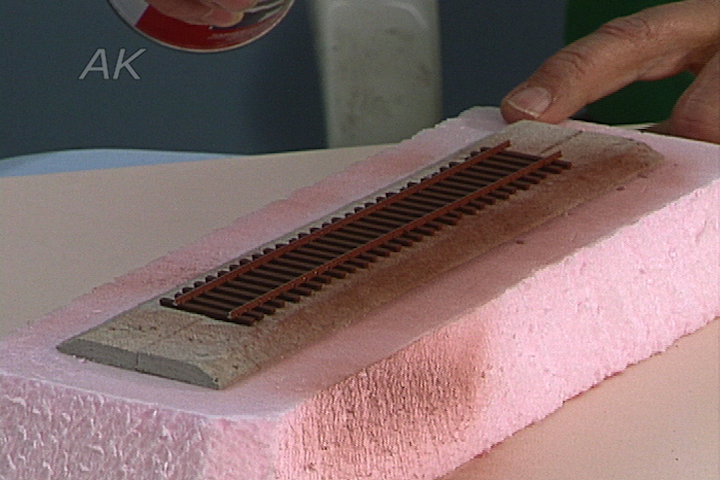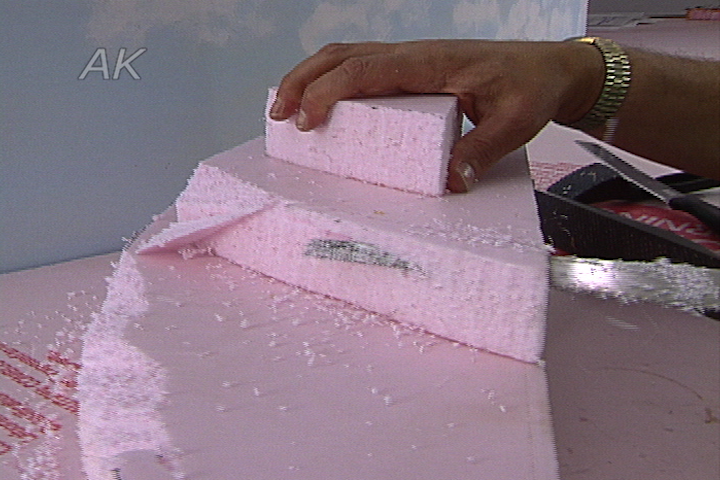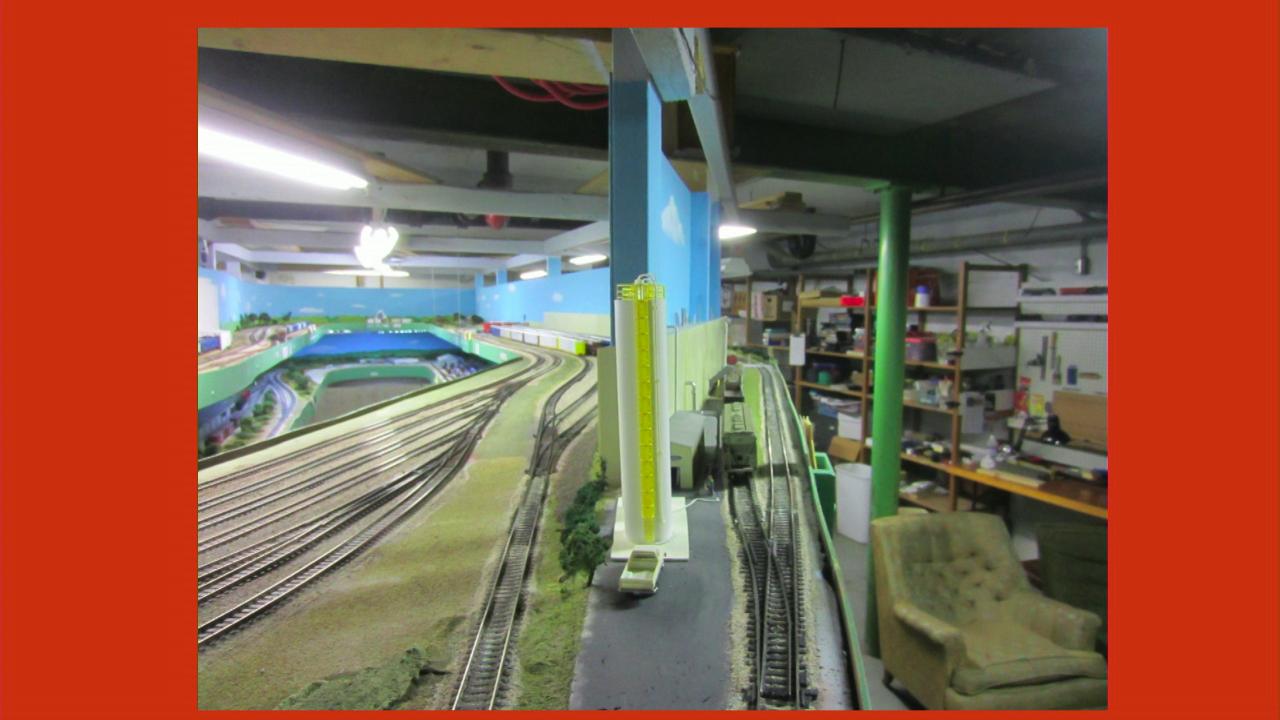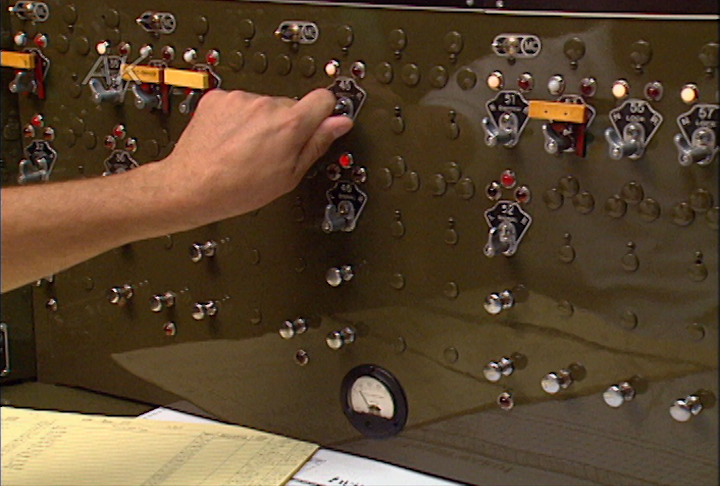
Fundamentals of Model Railroad Staging Yard Design
Martin TärnrotIn this premium video lesson, modeler Martin Tärnrot discusses some fundamentals of model railroad staging yard design. Staging yards are basically parking lots for trains. If a modeler has a line or model railroad with a terminal station in both ends plus some yards and installations, there are very limited possibilities for having multiple trains. Storage for trains at each end of the line is helpful, so that if one train goes away and gets stored, the other train comes back.
Another reason for using staging yards is to store trains from different eras. Modelers may not want to run trains from different eras at the same time on layout, so one day they may want to run the older trains and store away the newer trains, or vice versa. Storage tracks are needed for this.
A third reason for storing trains is for running sessions using waybills and car cards. Waybills may typically have four different destinations. They may have one day of loading, one day of waiting, and then one day of departure, making the cycle multi-day. Modelers may want some trains to be stored for a few sessions and then come back onto the layout again.
The necessary trackwork to consider for model railroad staging yard design is not very complicated—it’s mostly just a basic ladder that feeds from the main line. However, in order to get a staging area that is a good match for the layout, modelers may need to make some basic considerations in the planning phase. Martin goes on to describe these considerations, which need to be taken into account when planning model railroad staging yard design.
To learn more about hidden staging yards or using visible staging yards on a model railroad, visit the Model Railroad Academy archives.
Explore videos by Martin Tärnrot
You may be interested in
Premium Membership
Unlock exclusive member content from our industry experts.
- 24/7 Access to Premium Model Railroading Videos, Projects, and Tips
- Step-by-Step Instructional Guides & Layout Plans
- 50% Off Video Downloads Purchased in the Model Railroad Academy Shop
- Access to Ask the Expert Program
Unlock exclusive member content from our industry experts.
- 24/7 Access to Premium Model Railroading Videos, Projects, and Tips
- Step-by-Step Instructional Guides & Layout Plans
- 3 Full-Length Video Downloads to Watch Offline
- 50% Off Video Downloads Purchased in the Model Railroad Academy Shop
- Access to Ask the Expert Program
Gold Membership
$326 Value
Get everything included in Premium plus exclusive Gold Membership benefits.
- 24/7 Access to Premium Model Railroading Videos, Projects, and Tips
- Step-by-Step Instructional Guides & Layout Plans
- 9 Full-Length Video Downloads to Watch Offline
- 2 Full-Length Classes to Keep for Life
- 2 Downloadable Guides
- Discounts on Purchase-to-Own Content in the Model Railroad Academy Shop
- Access to Ask the Expert Program
- Exclusive GOLD LIVE Streaming Events

